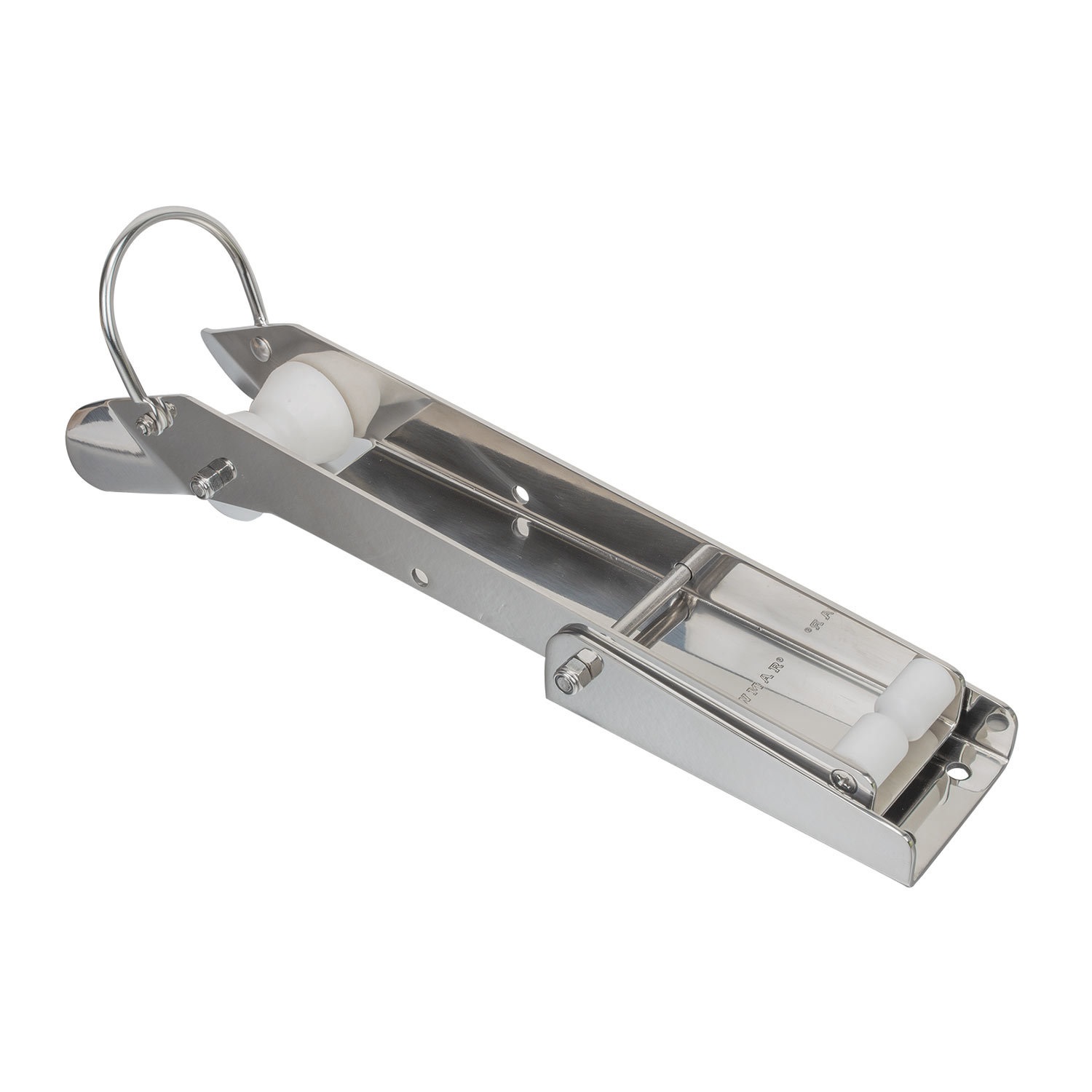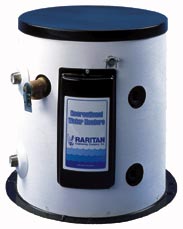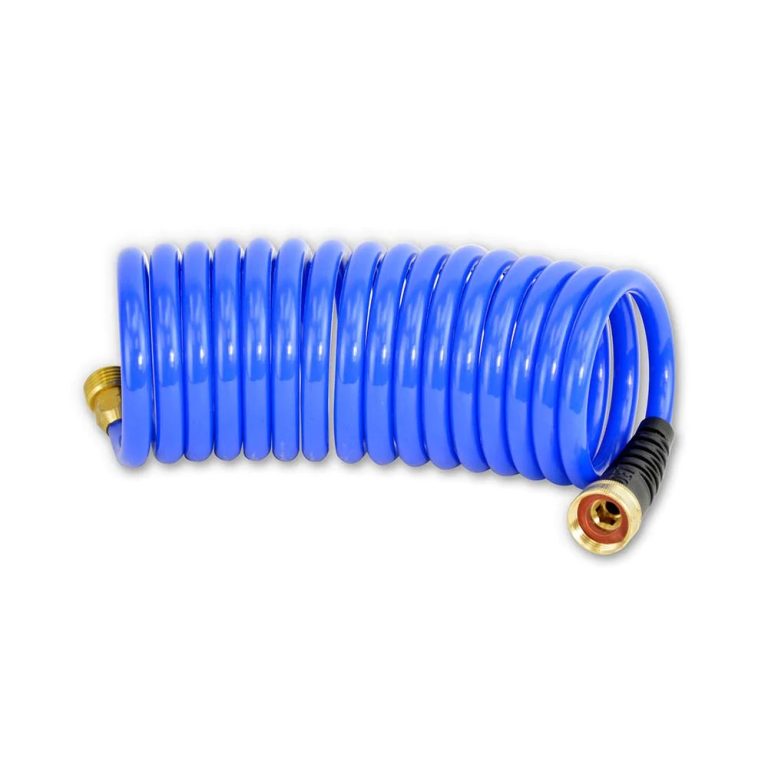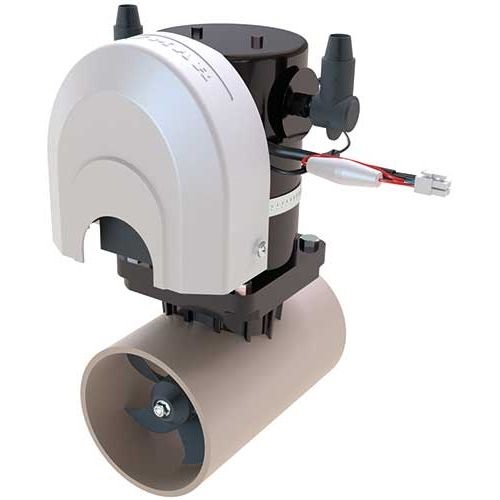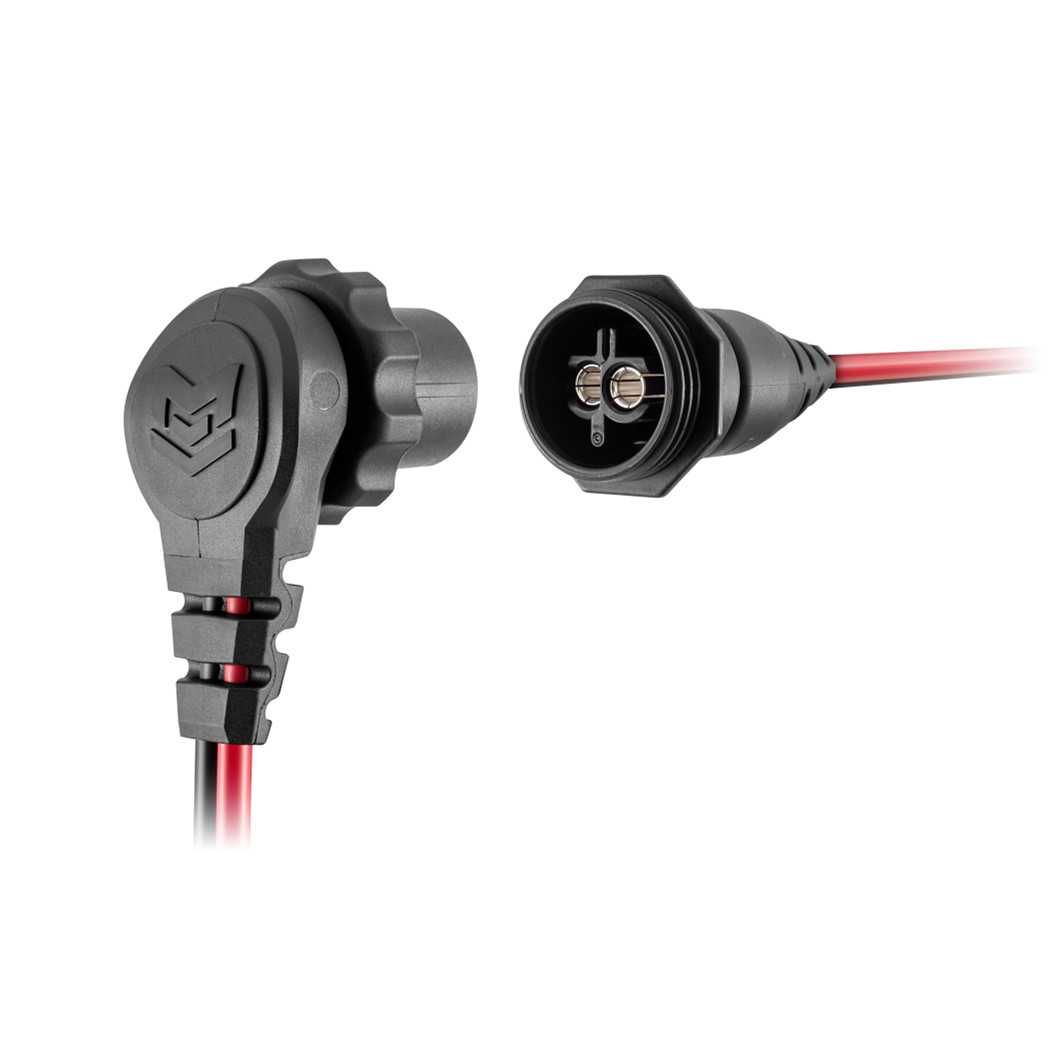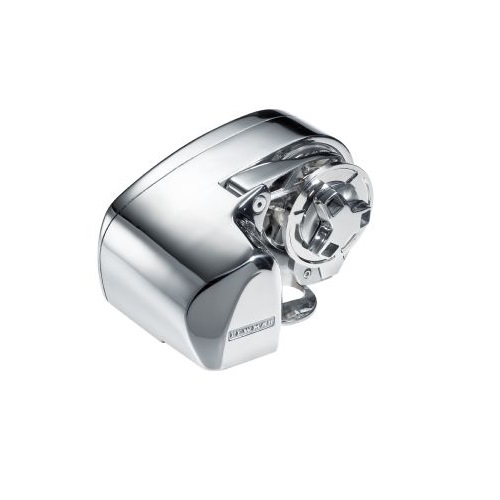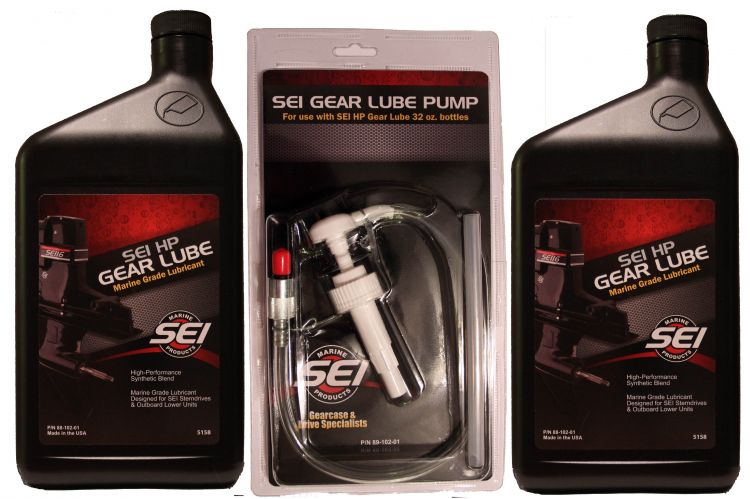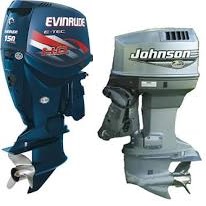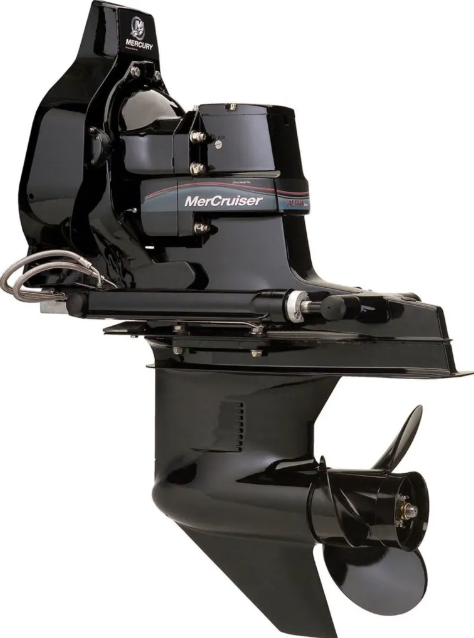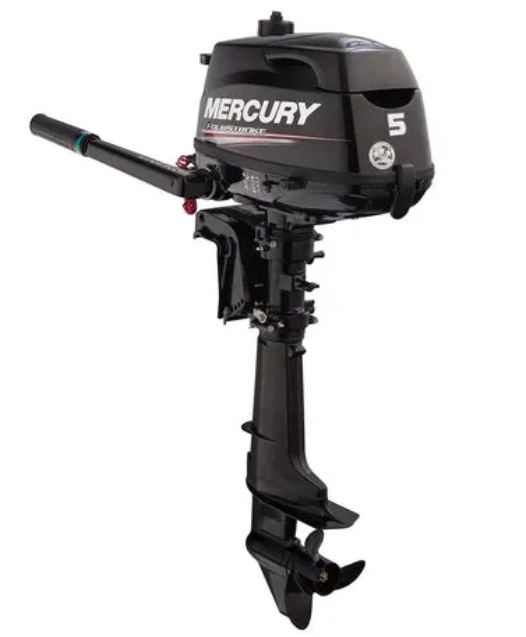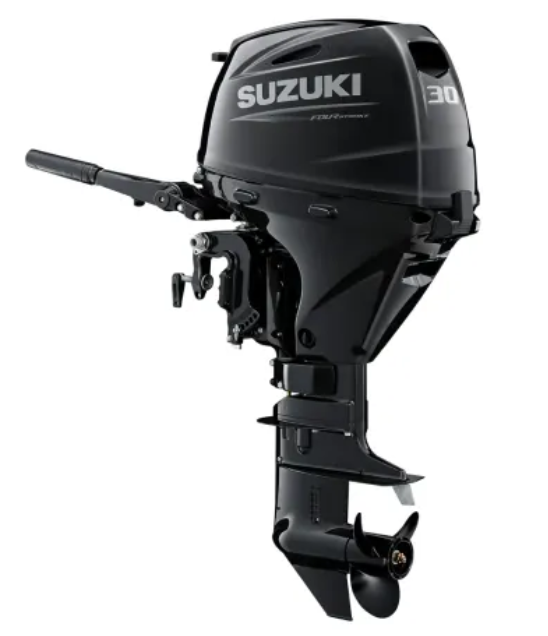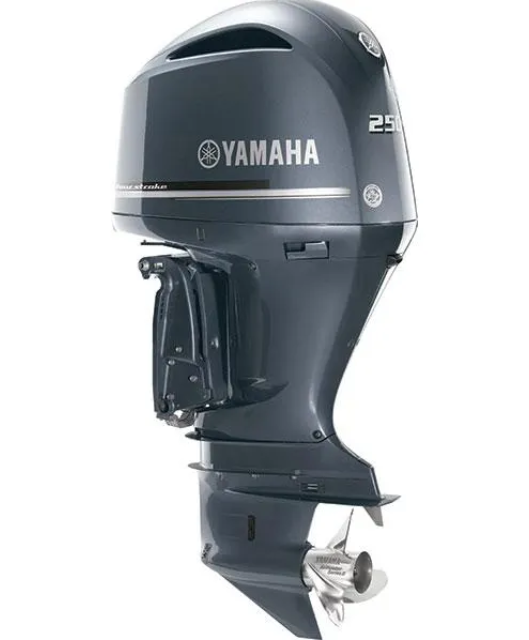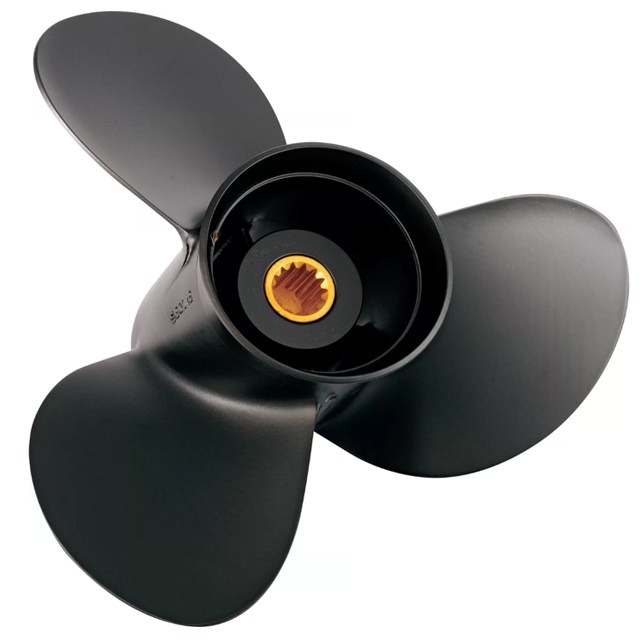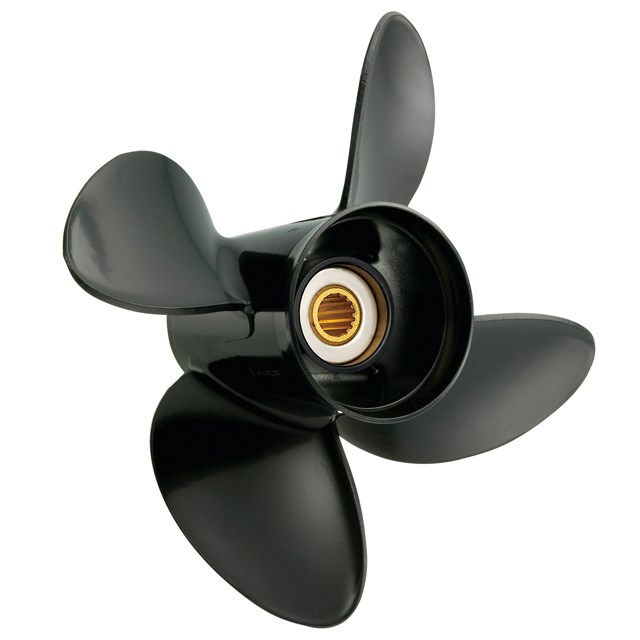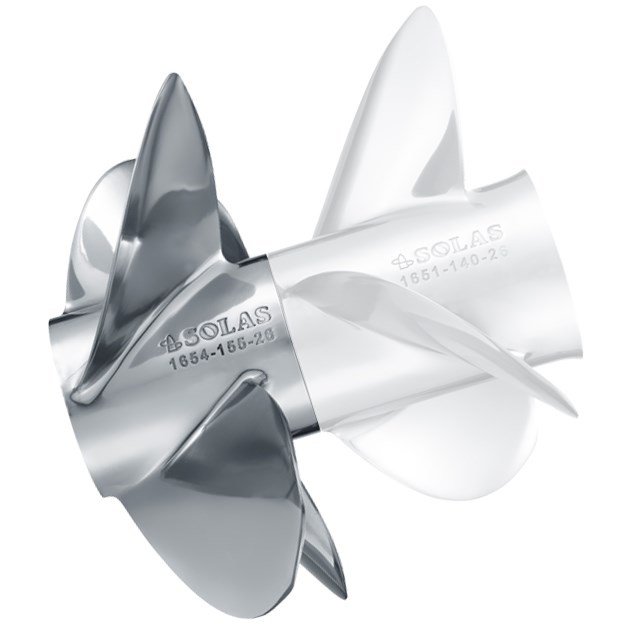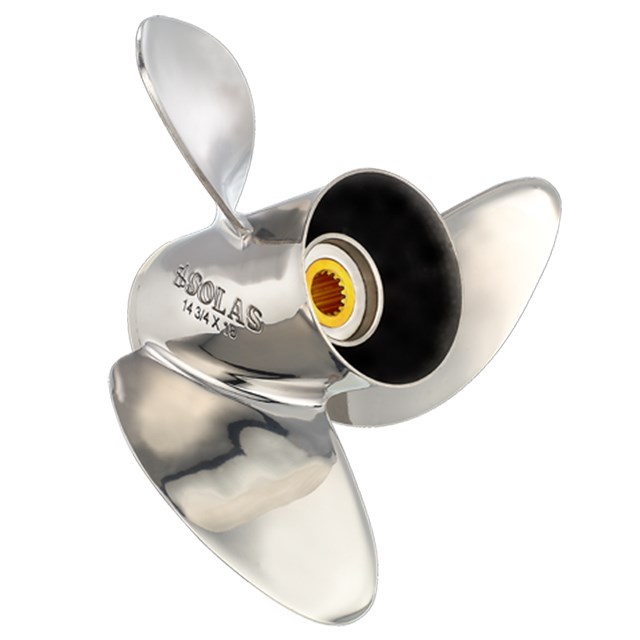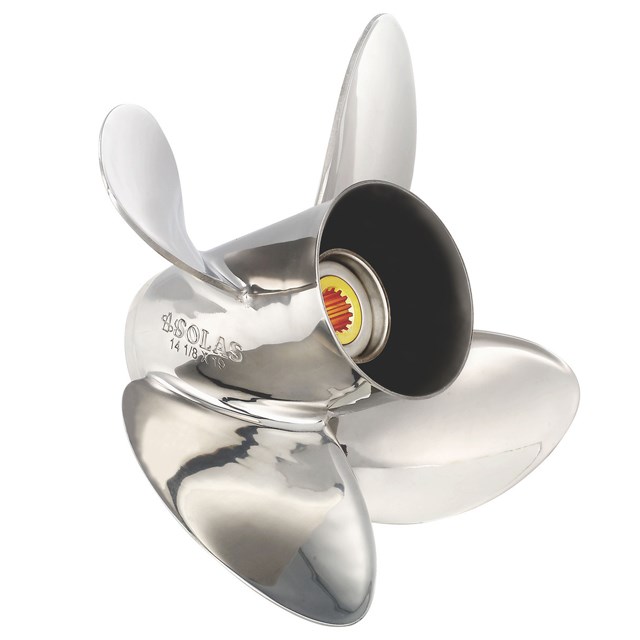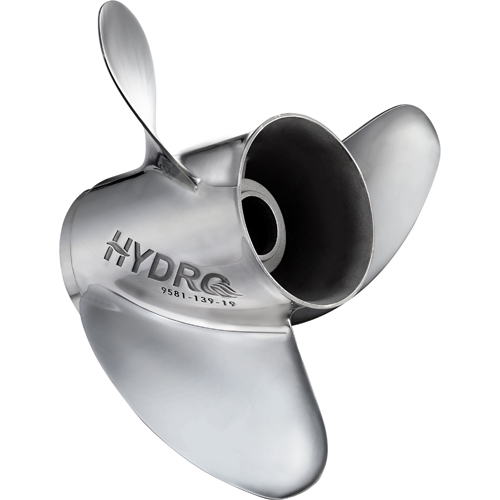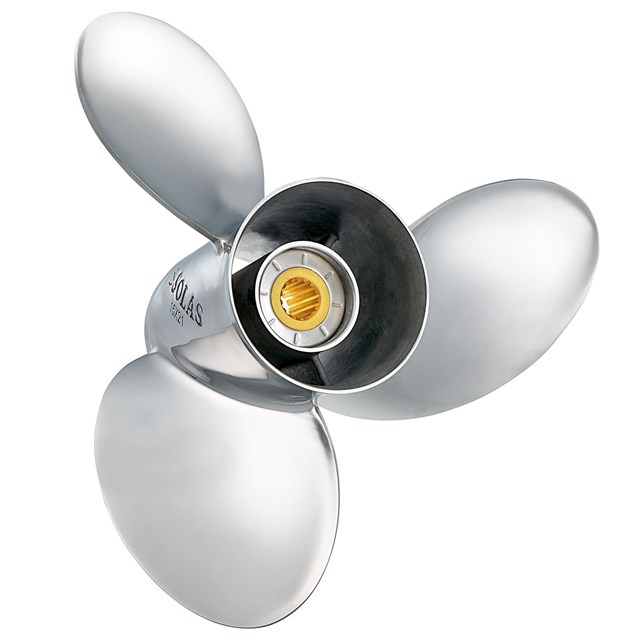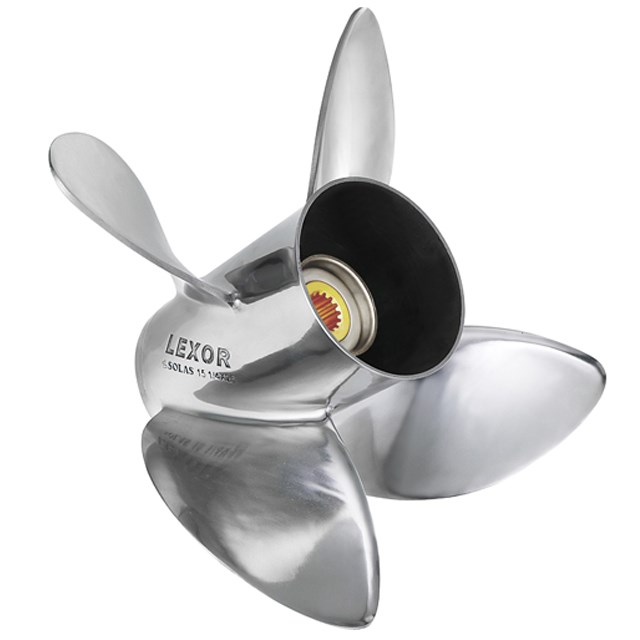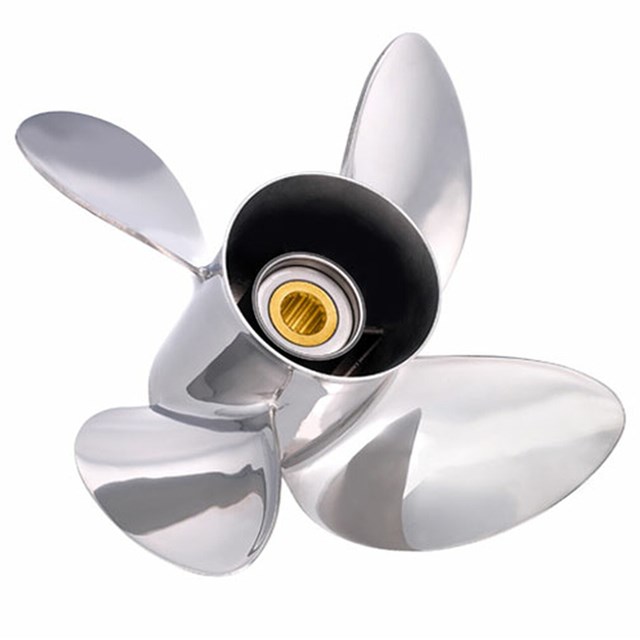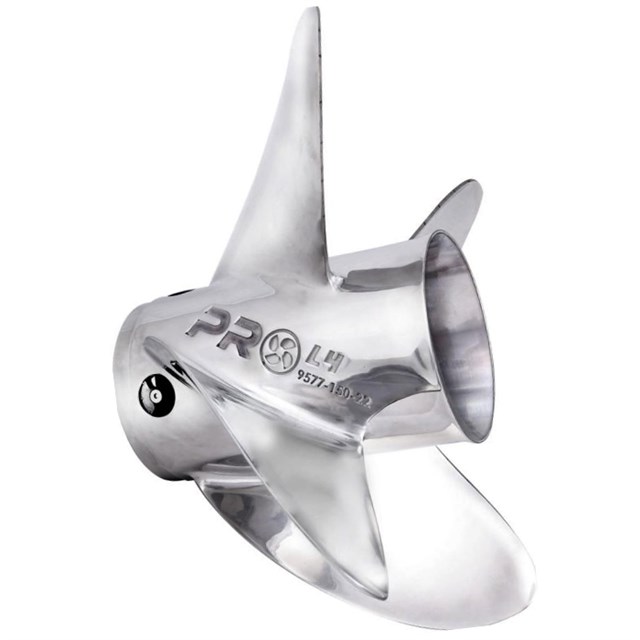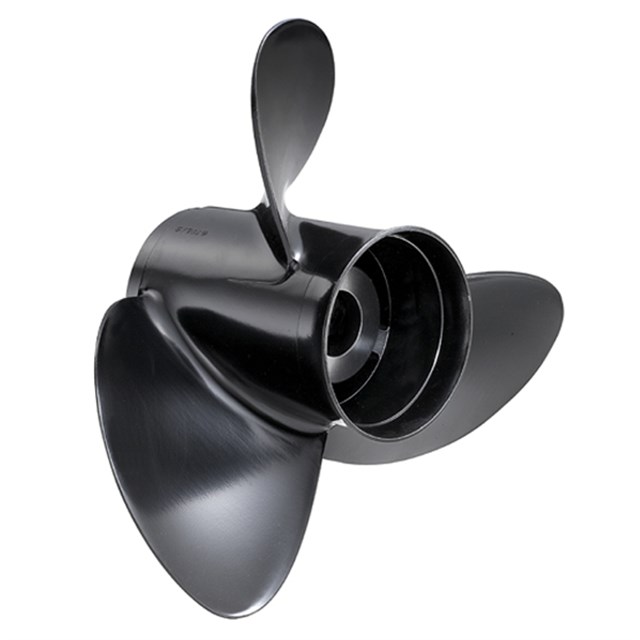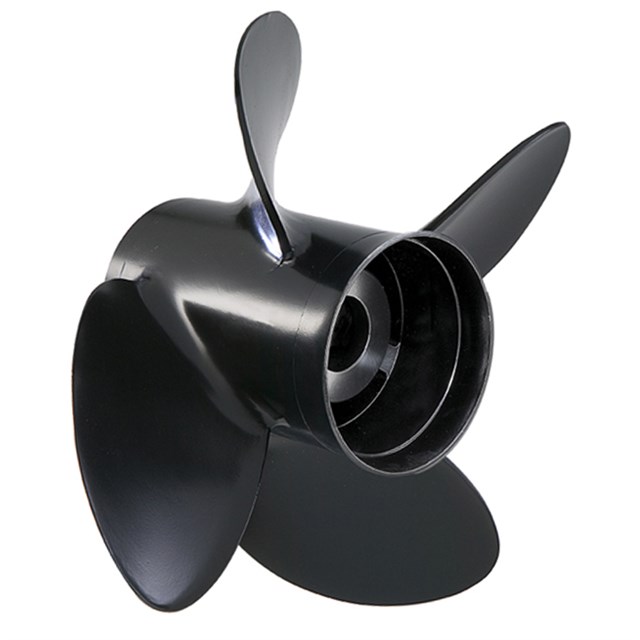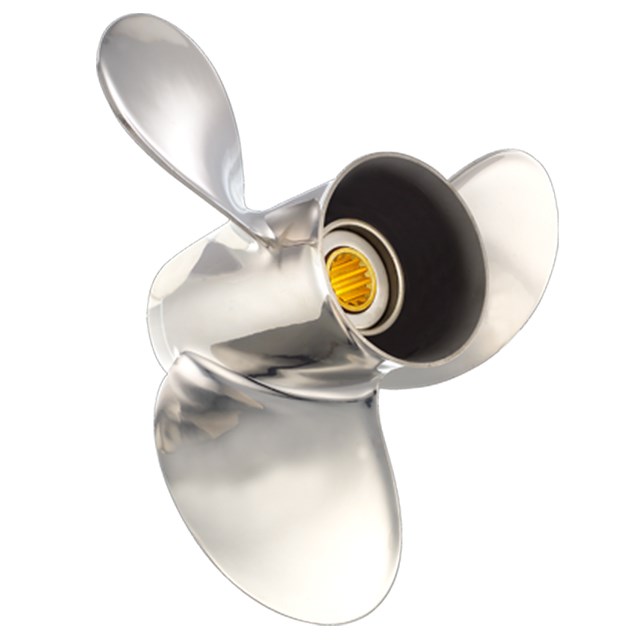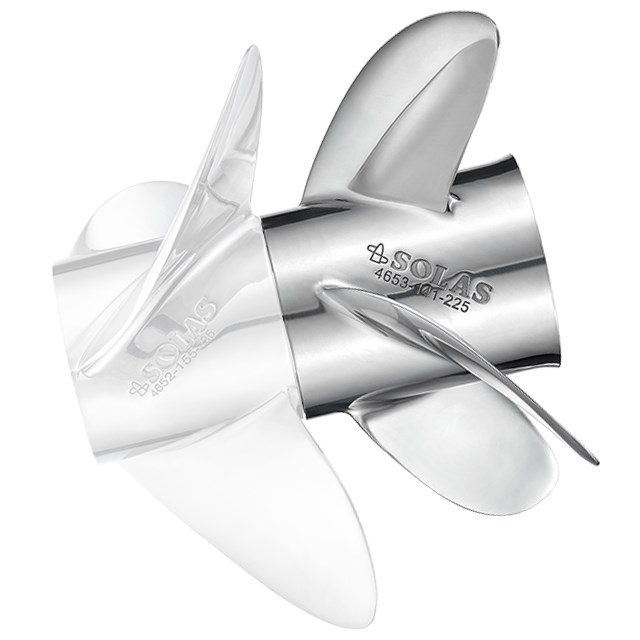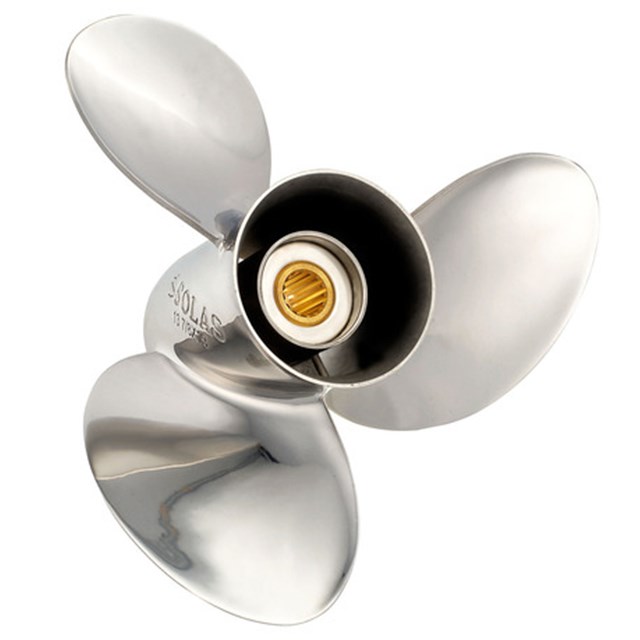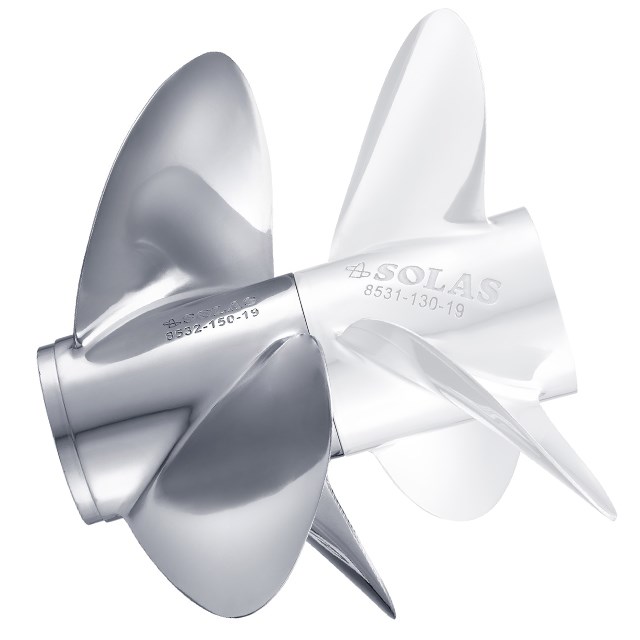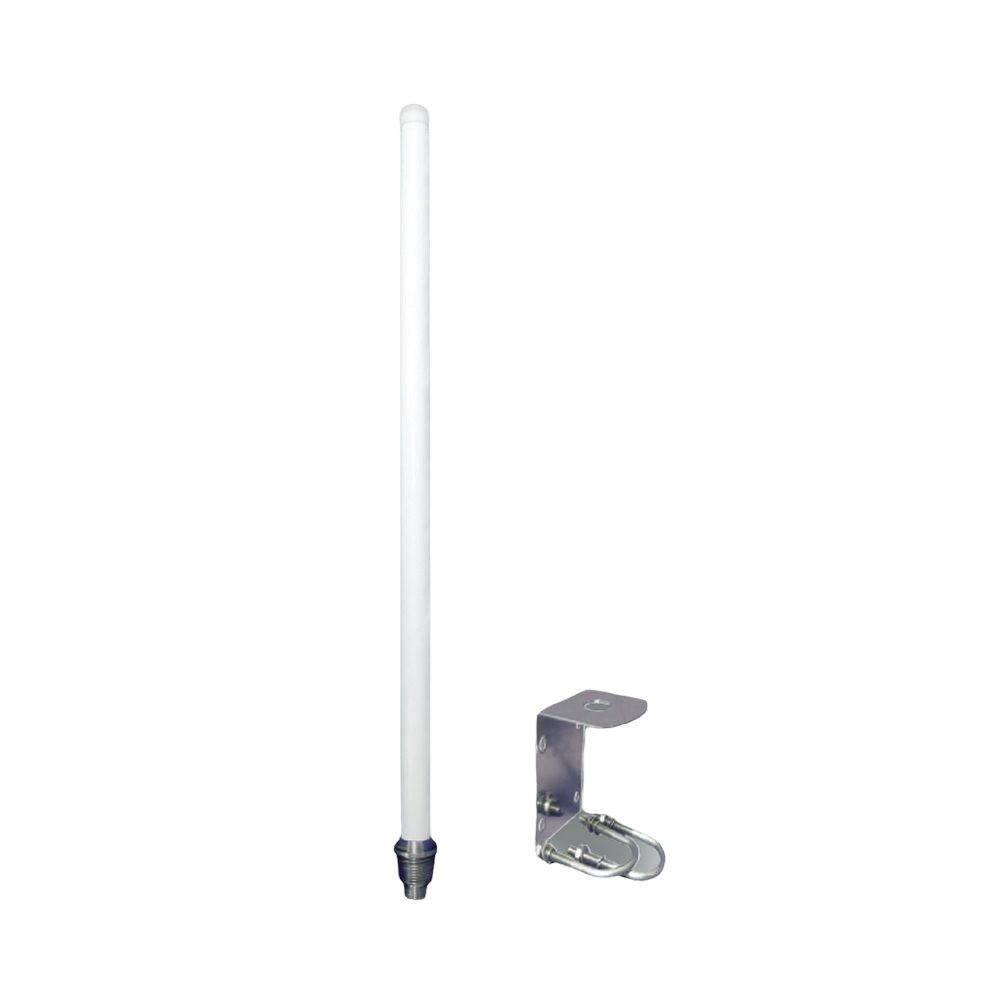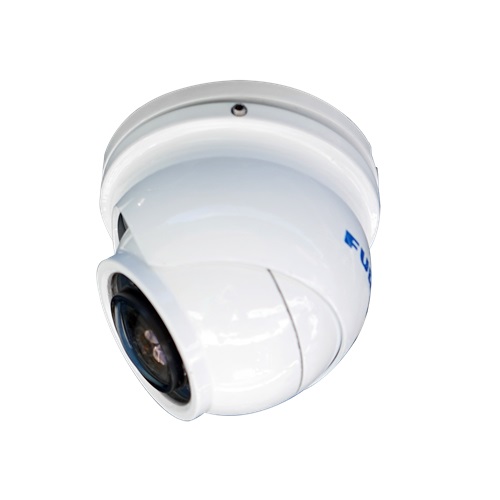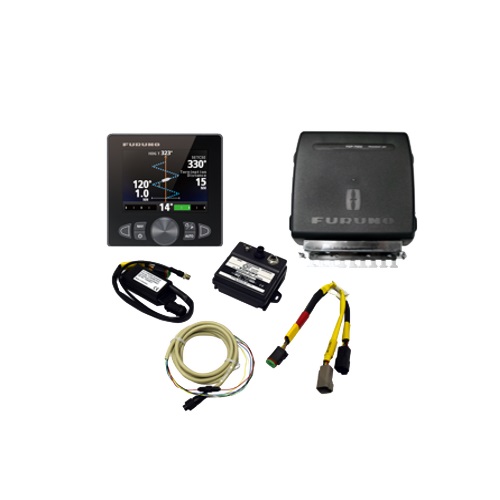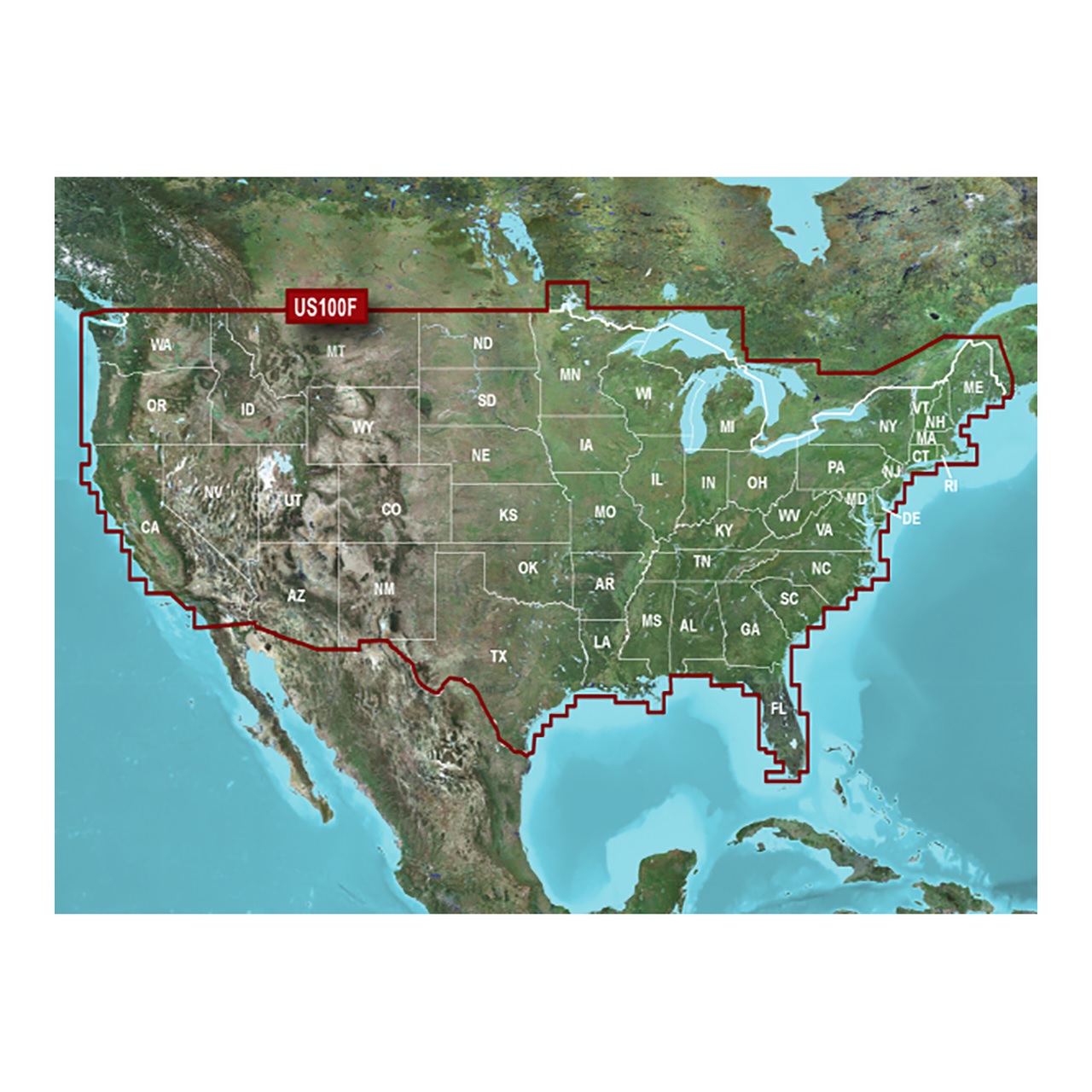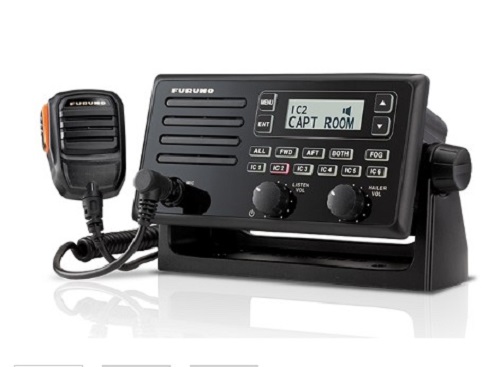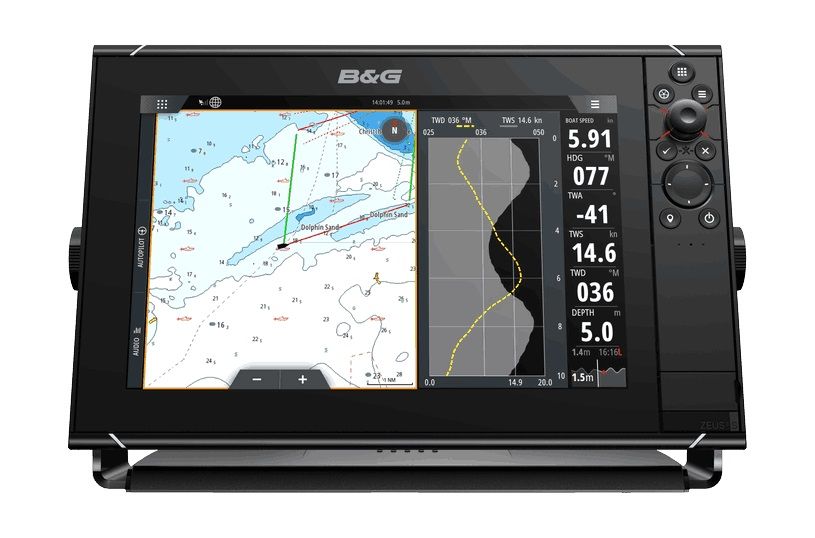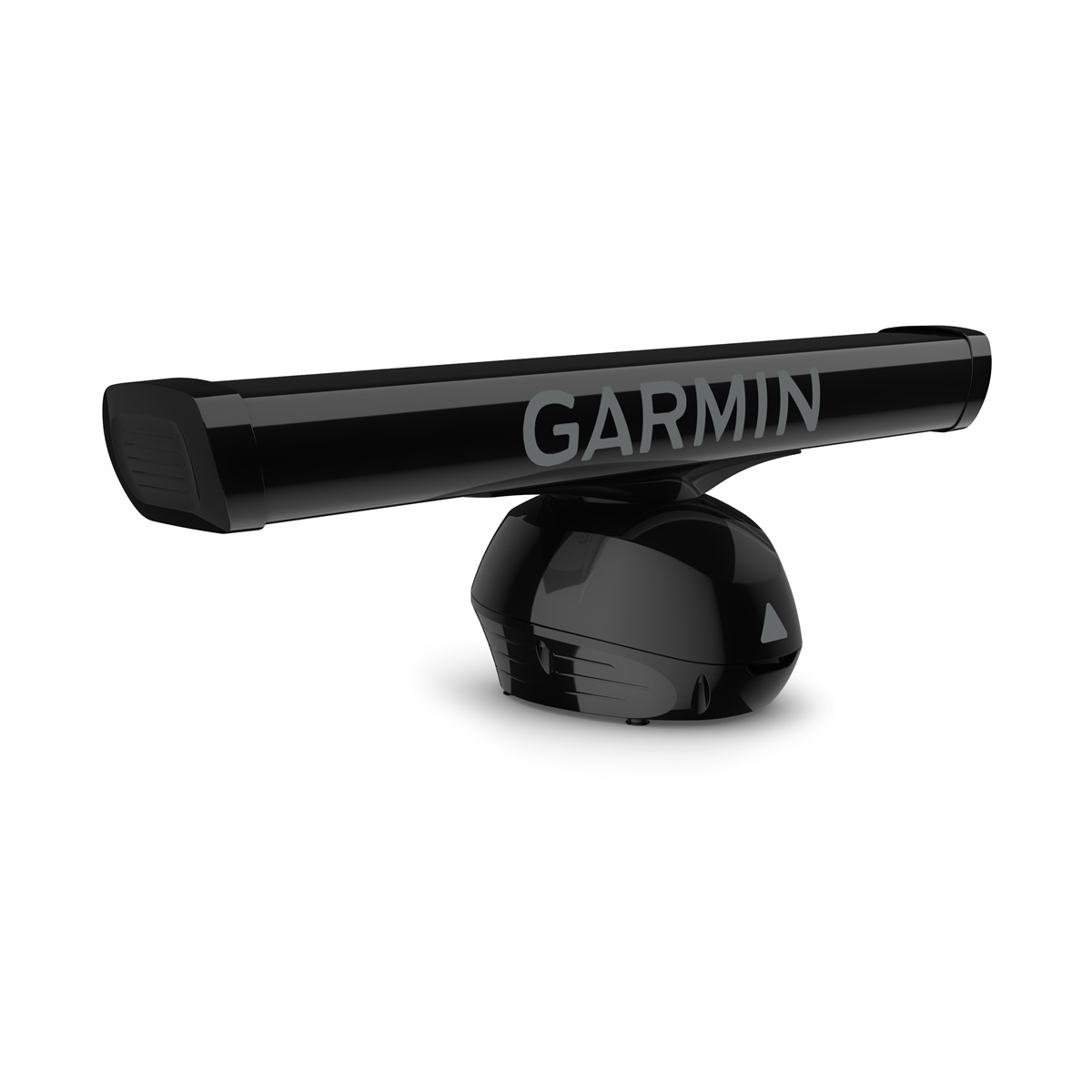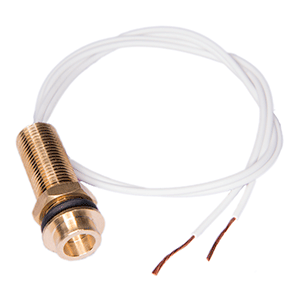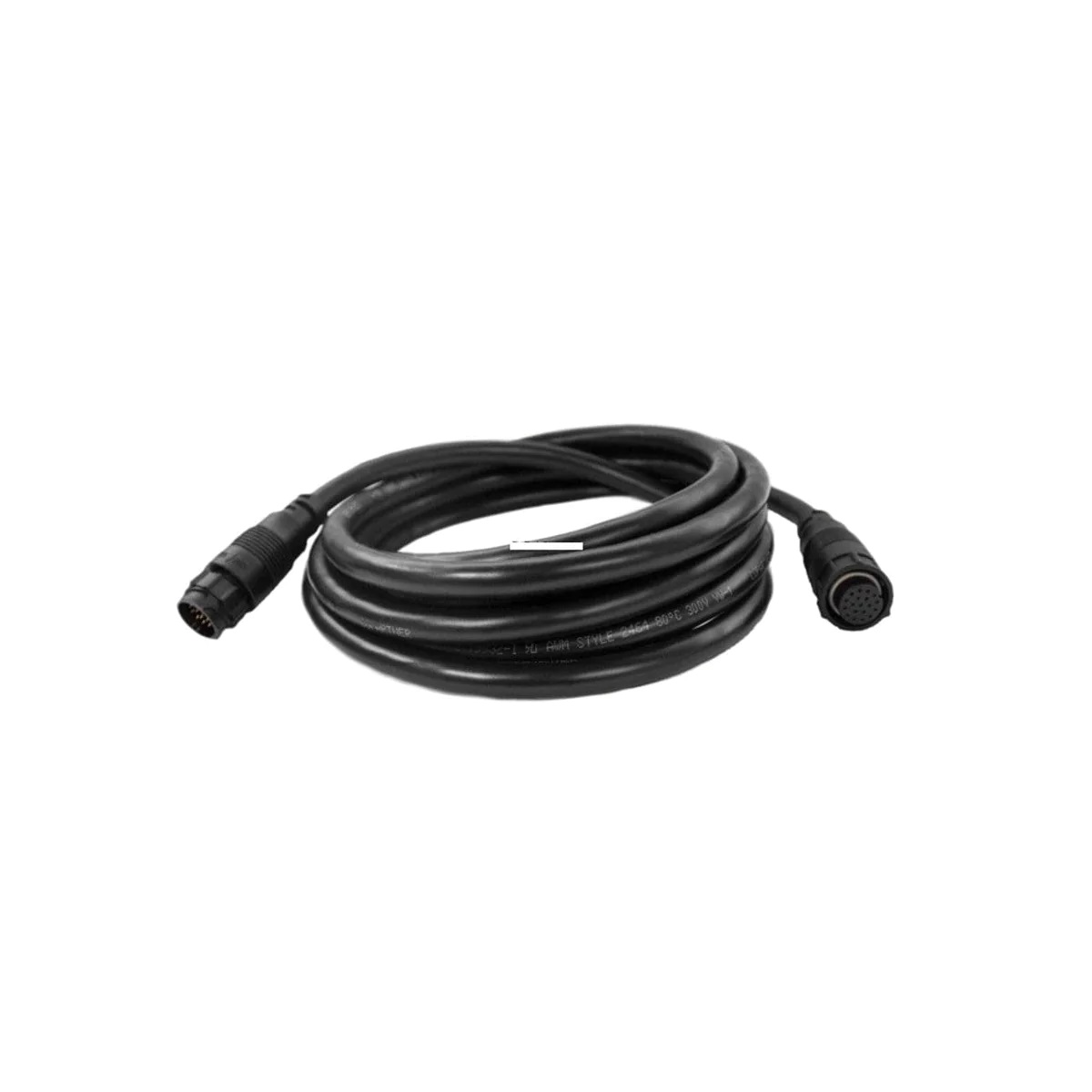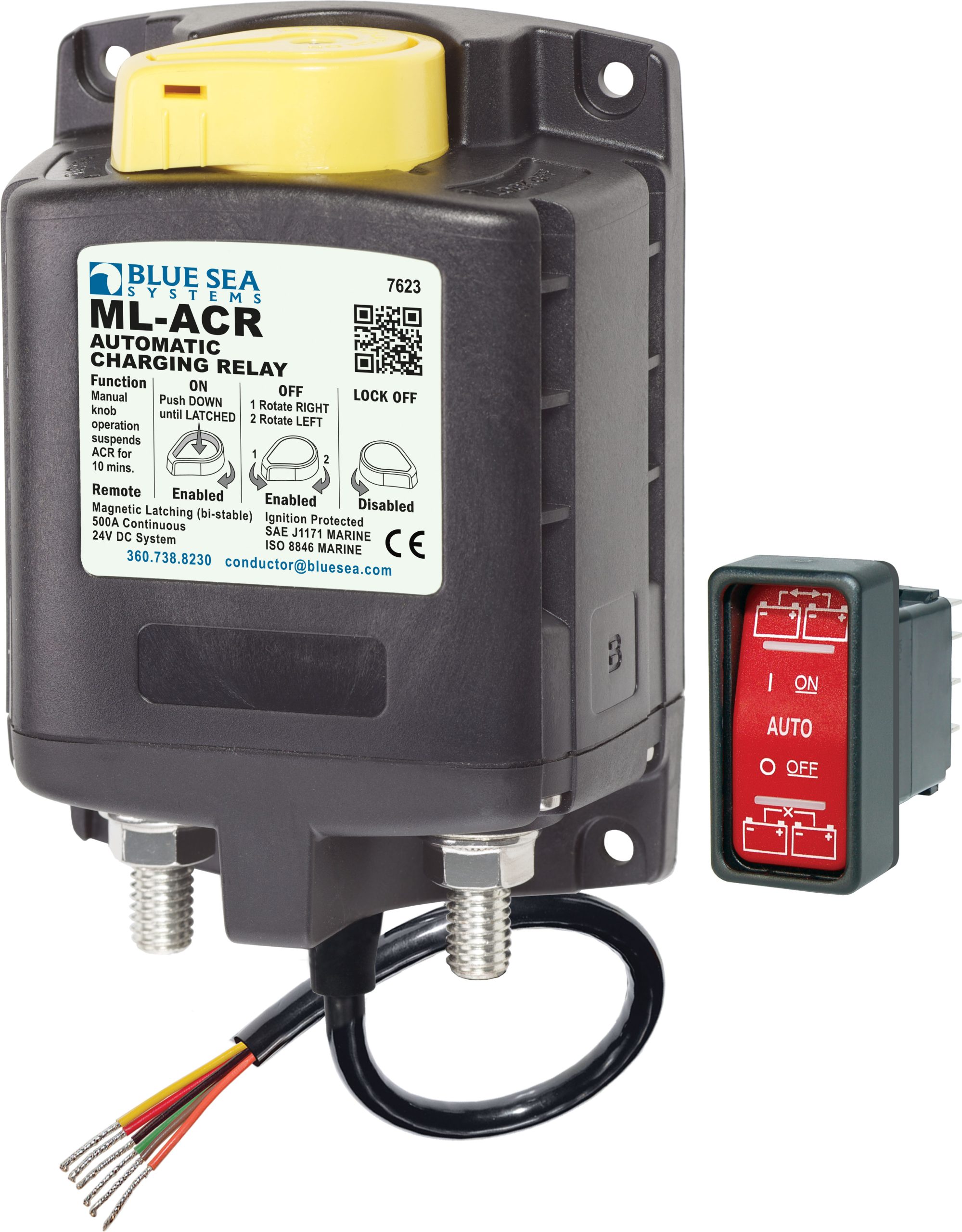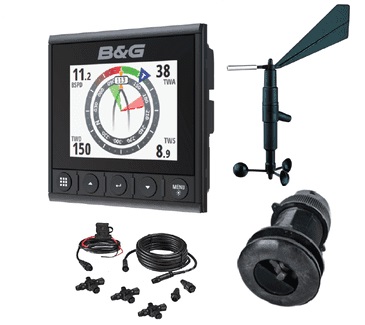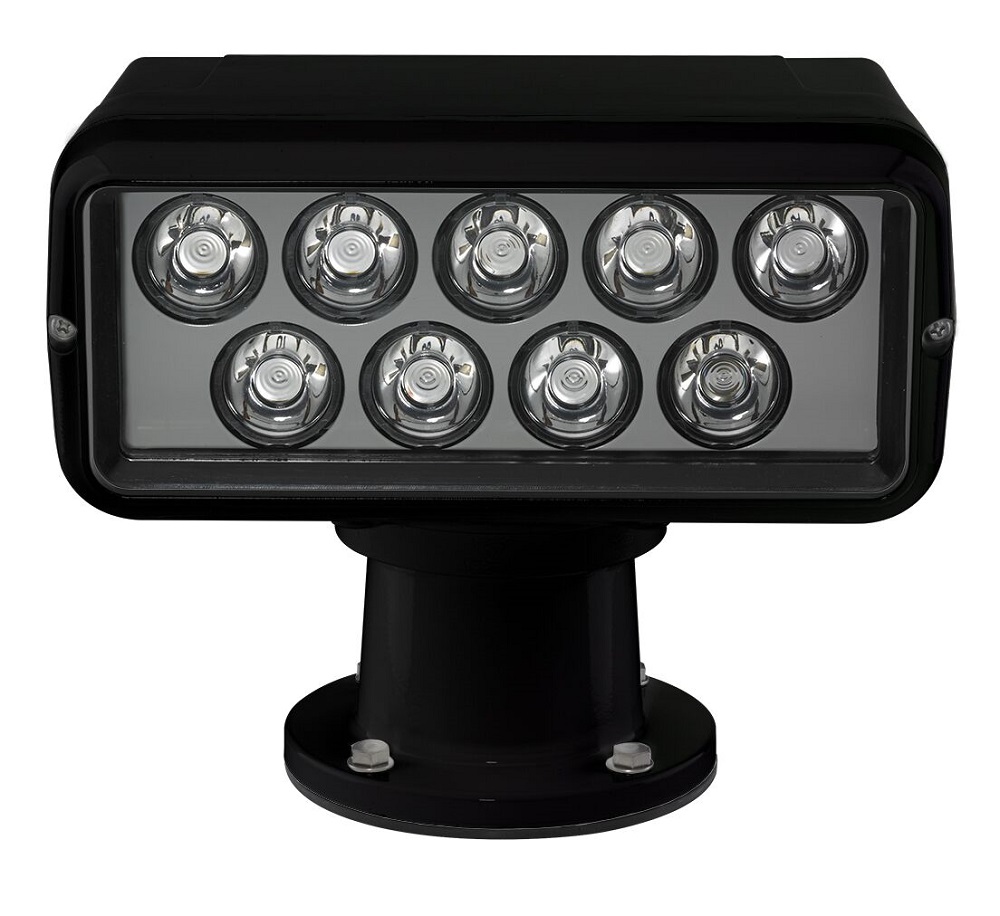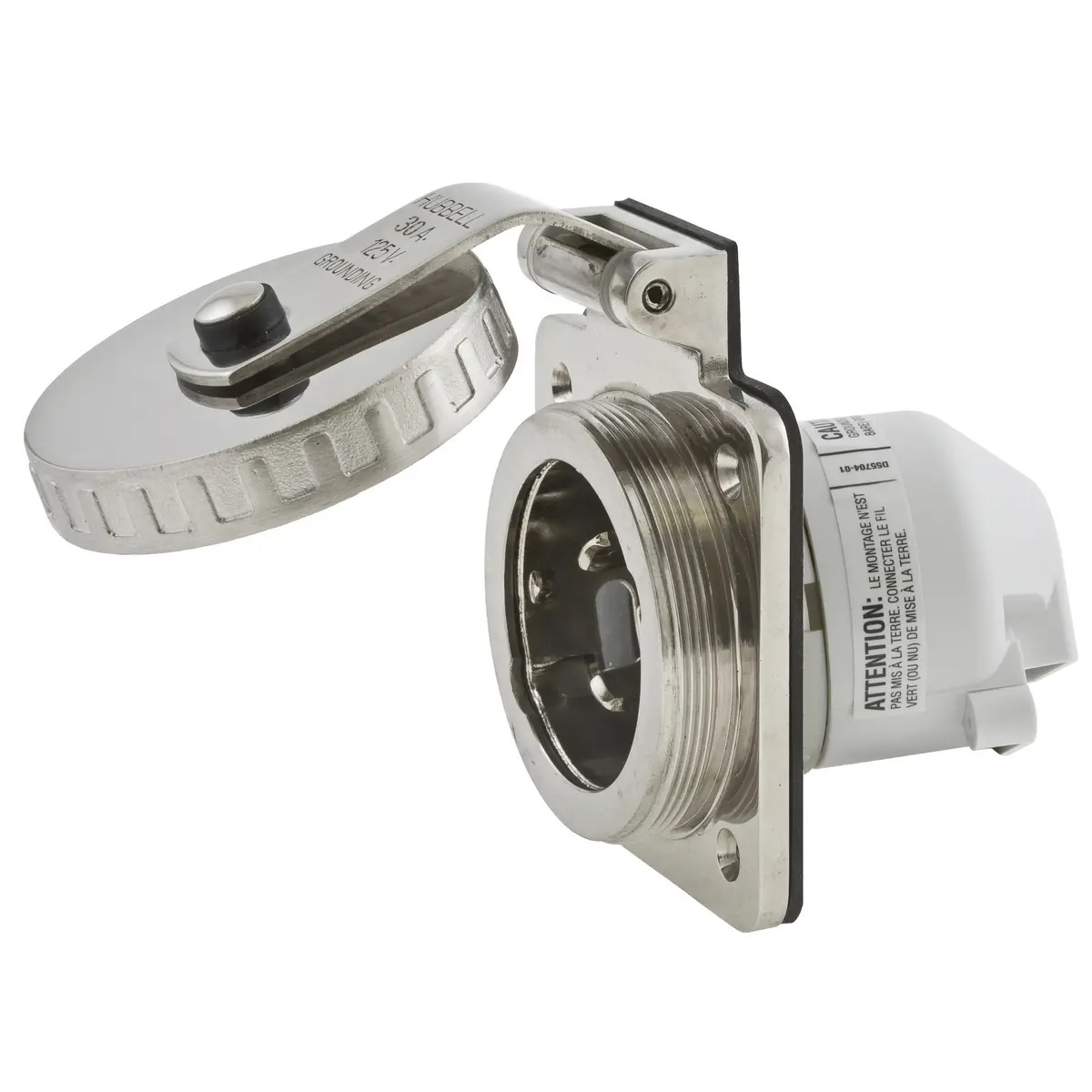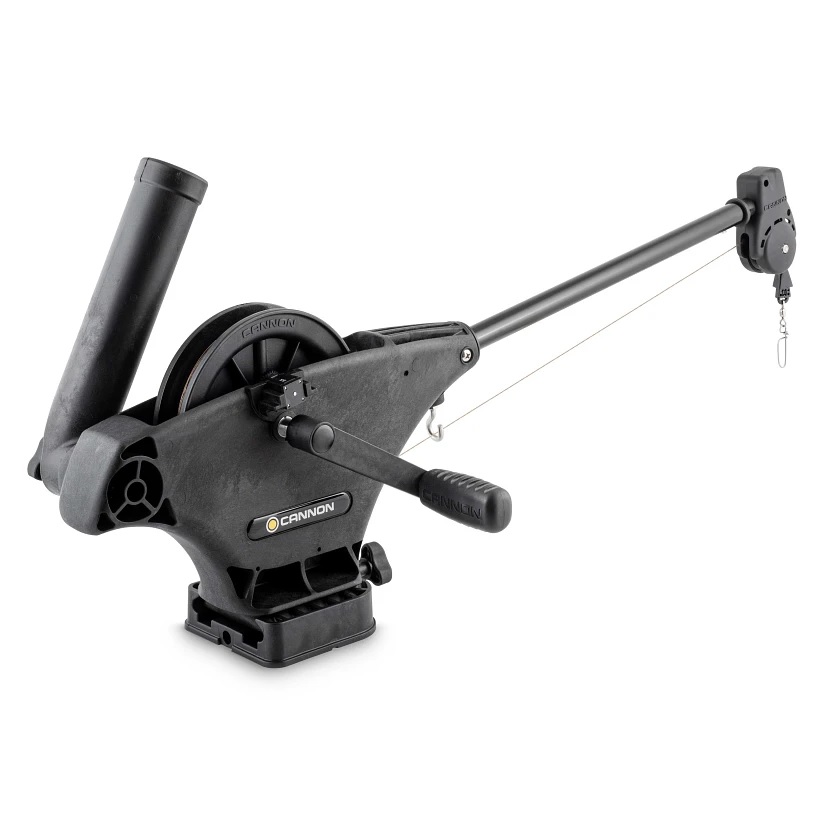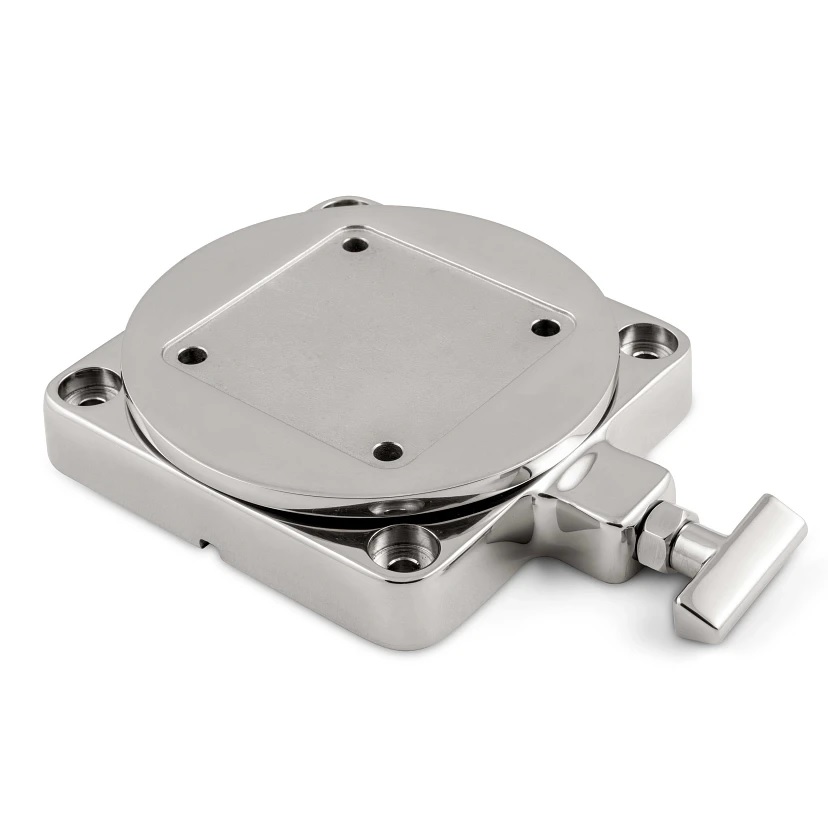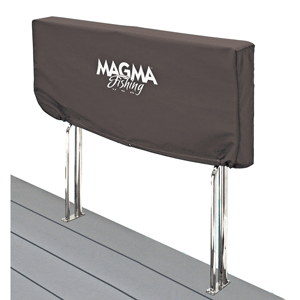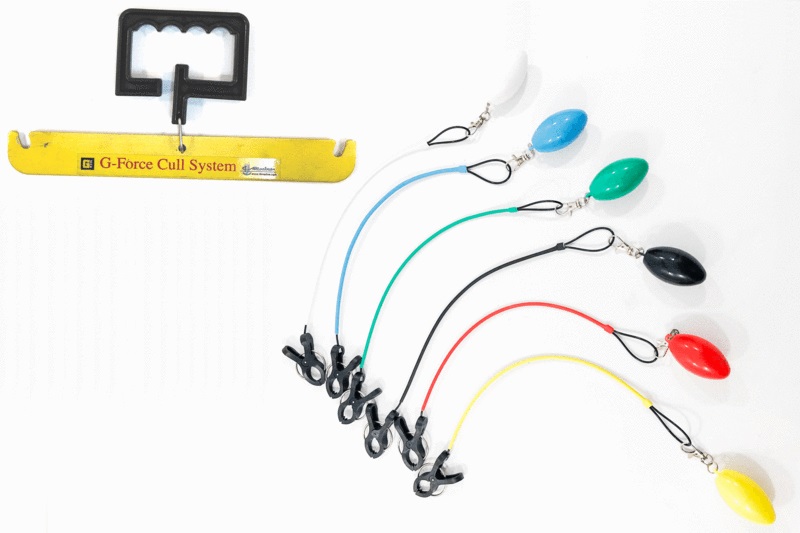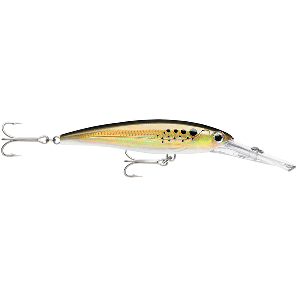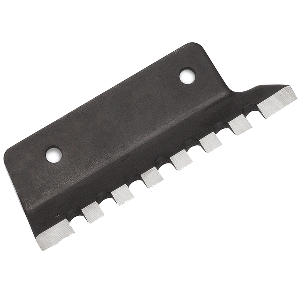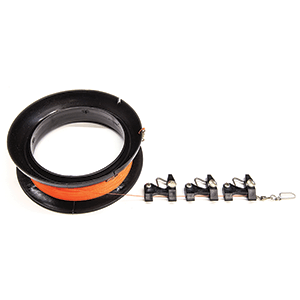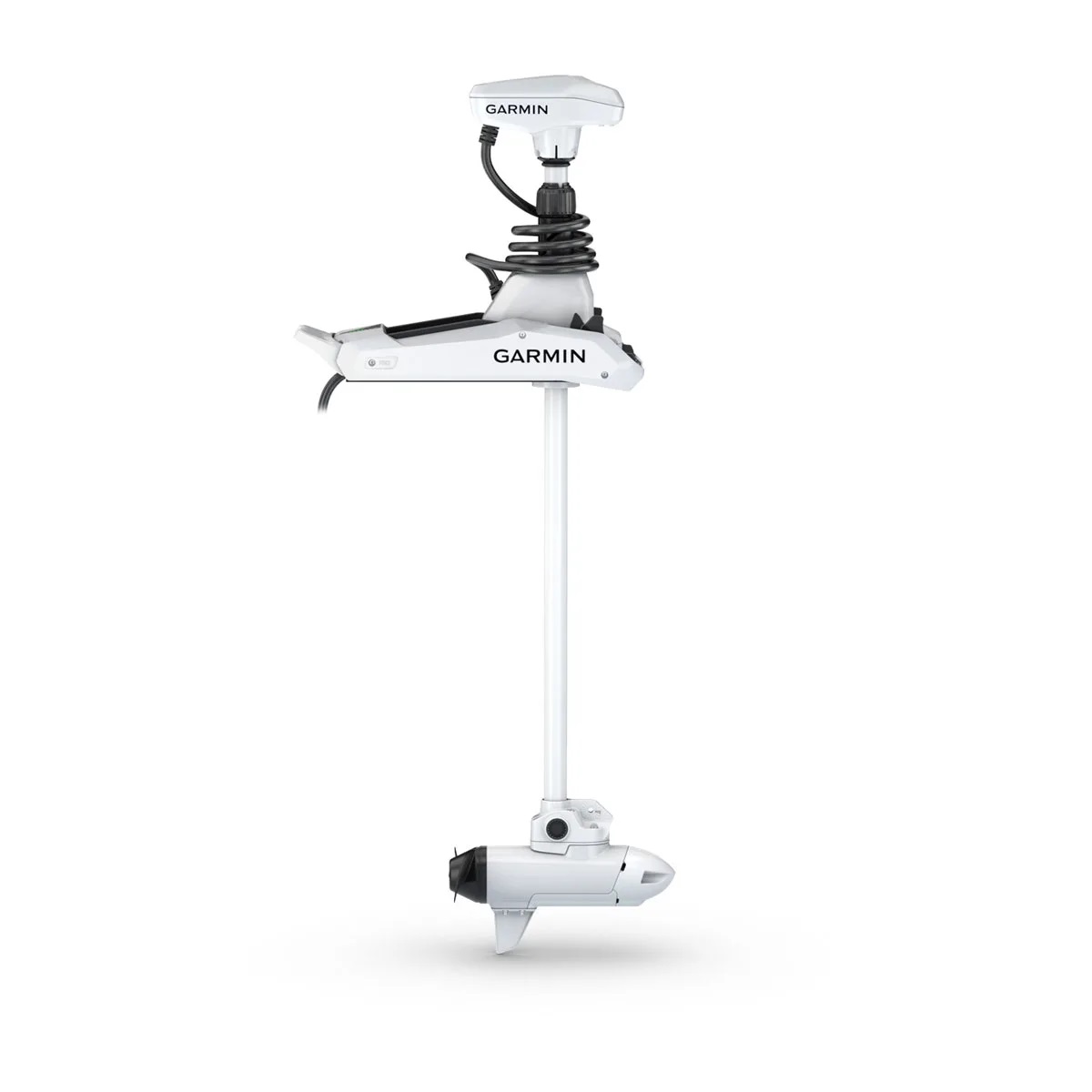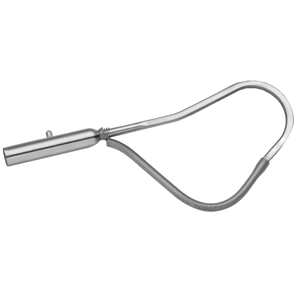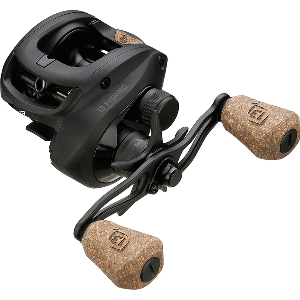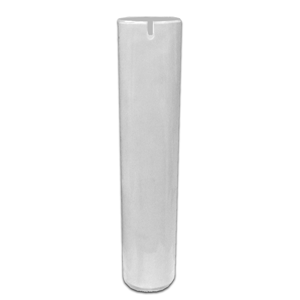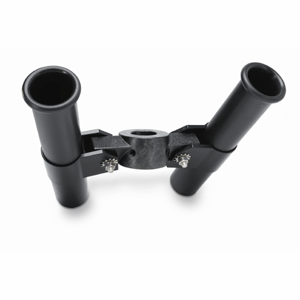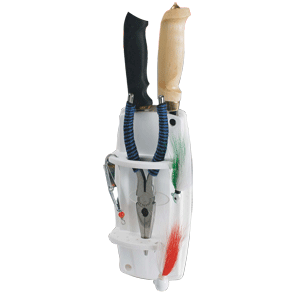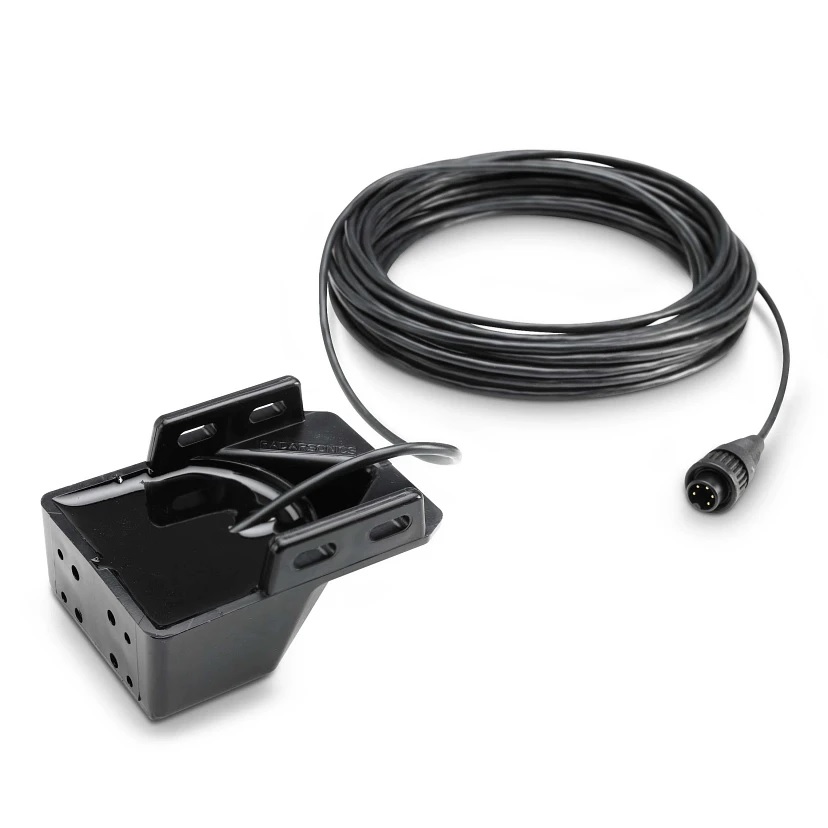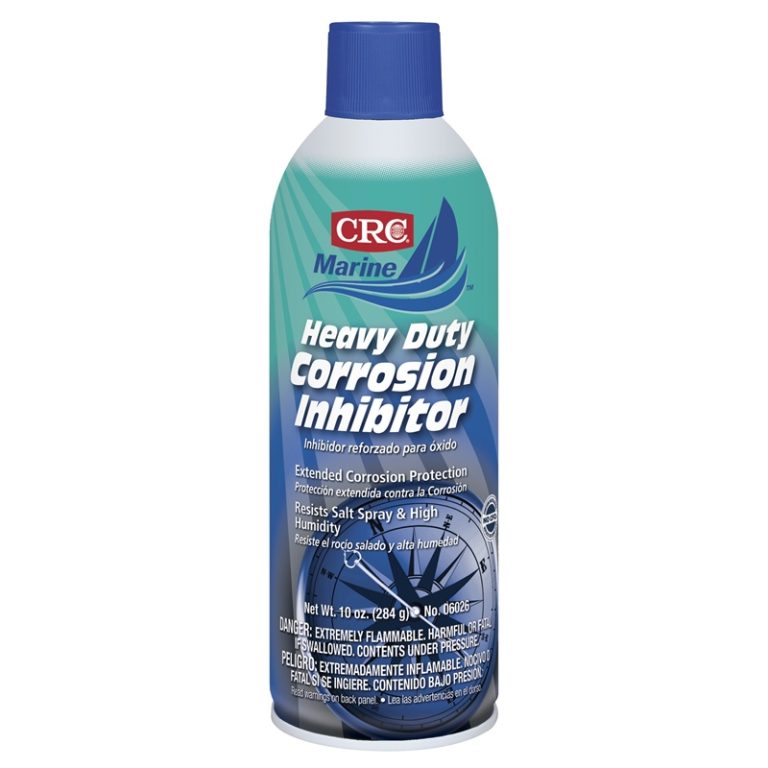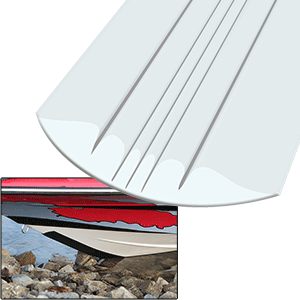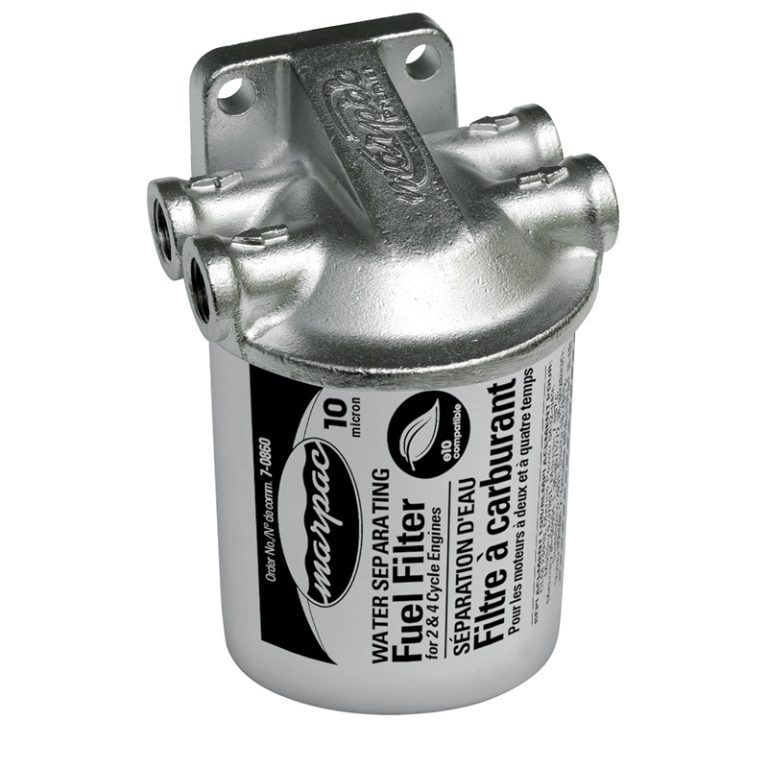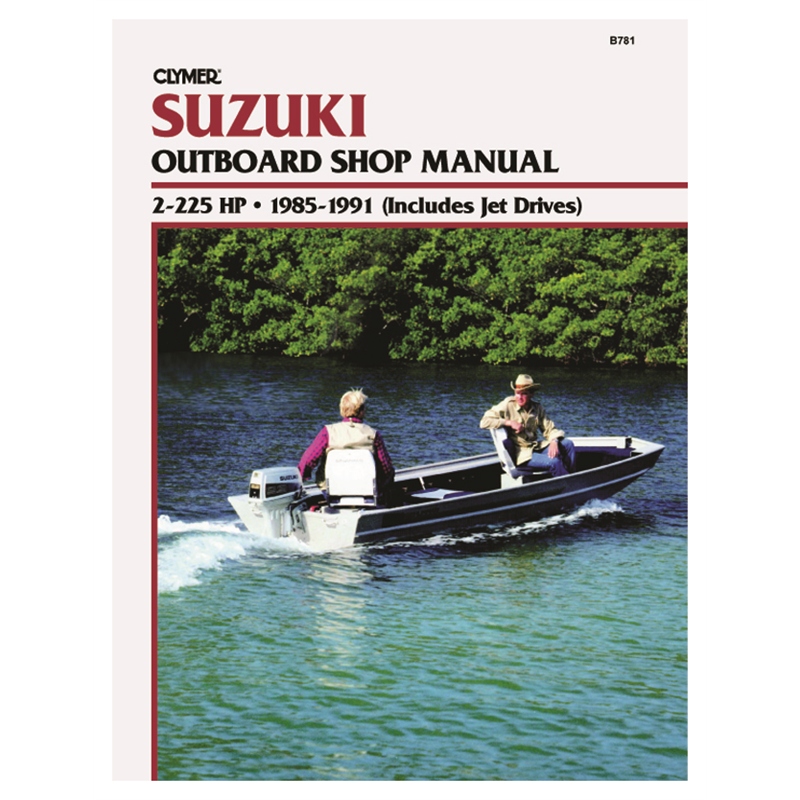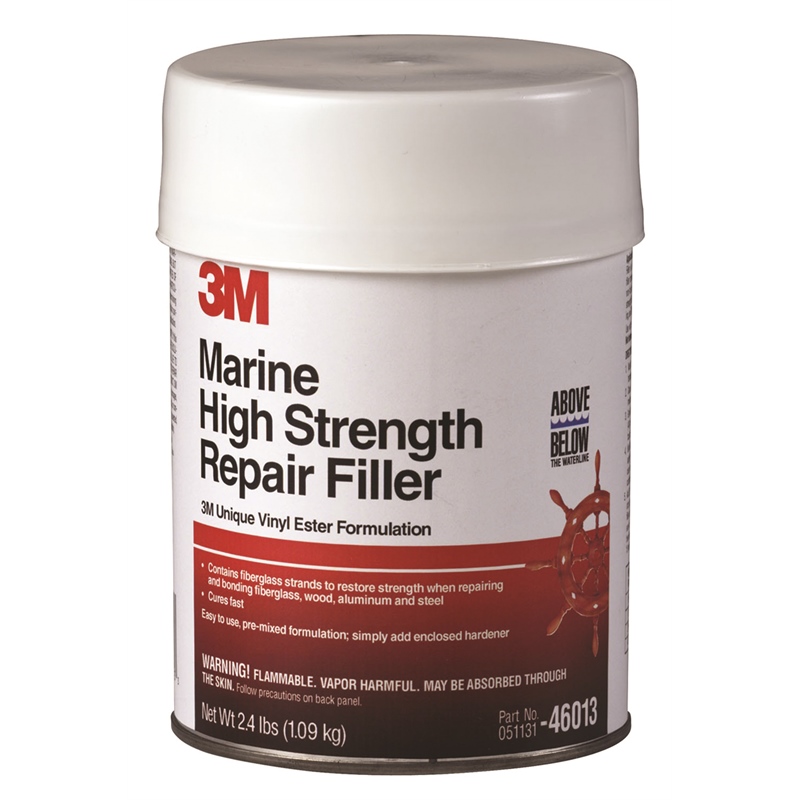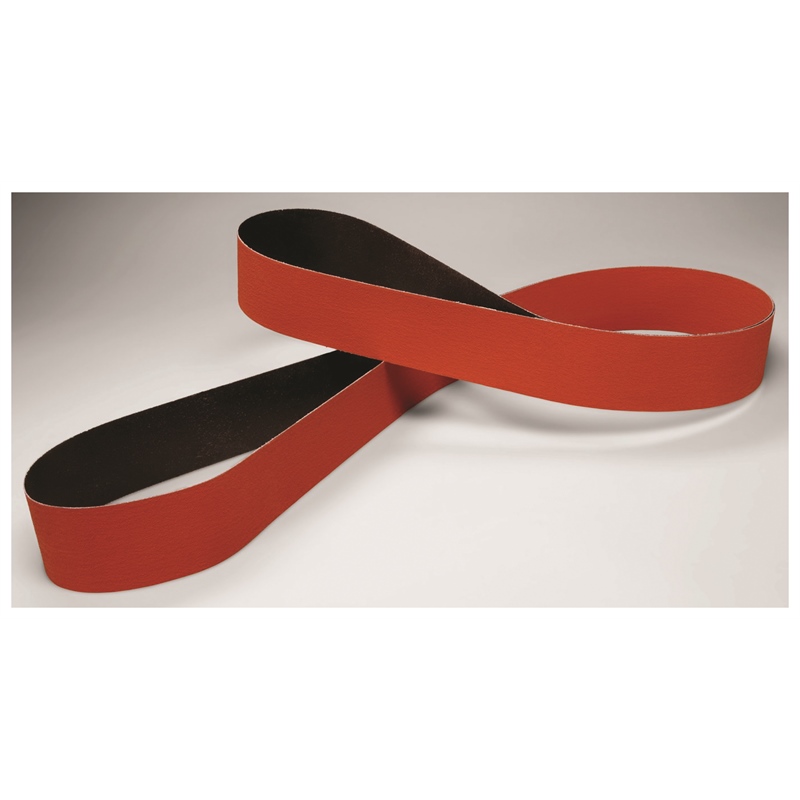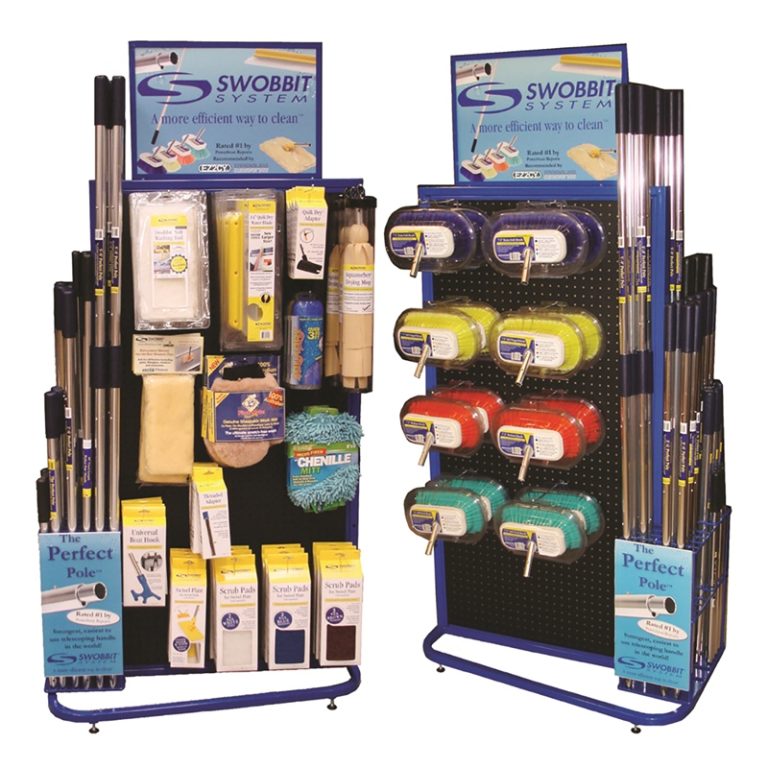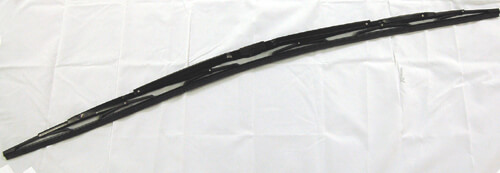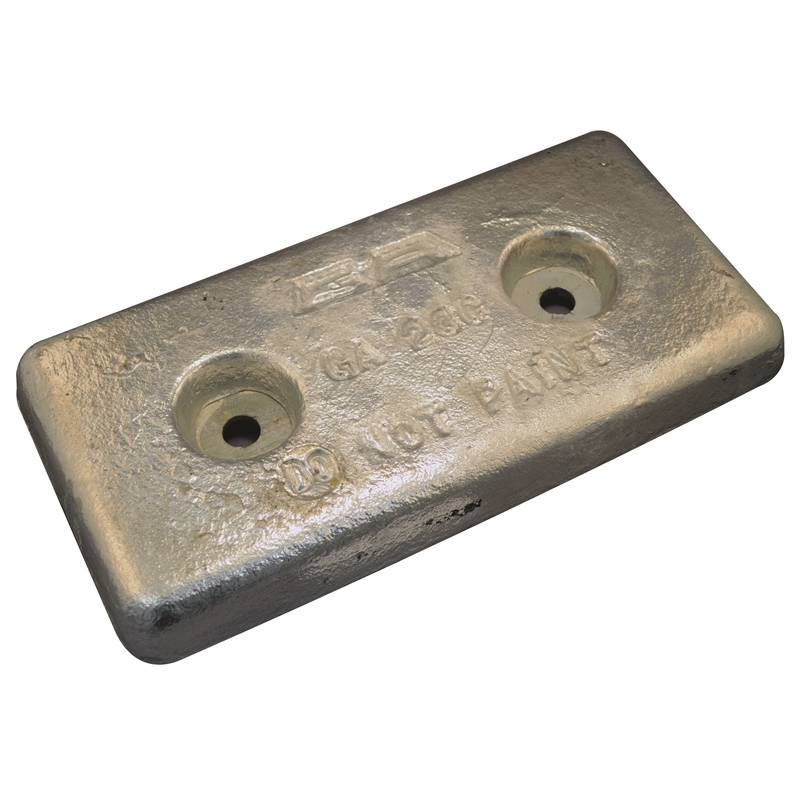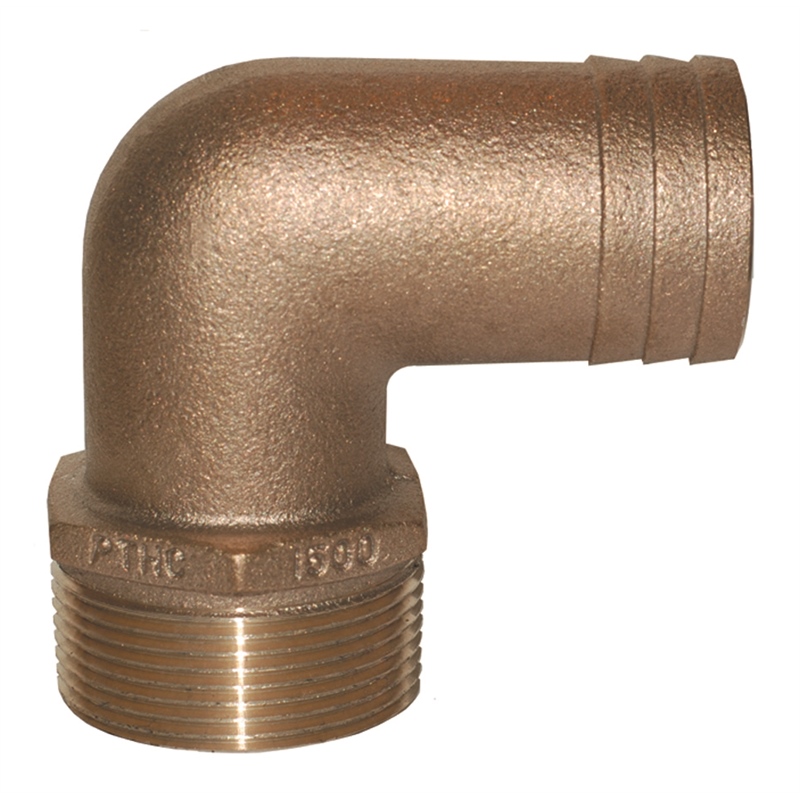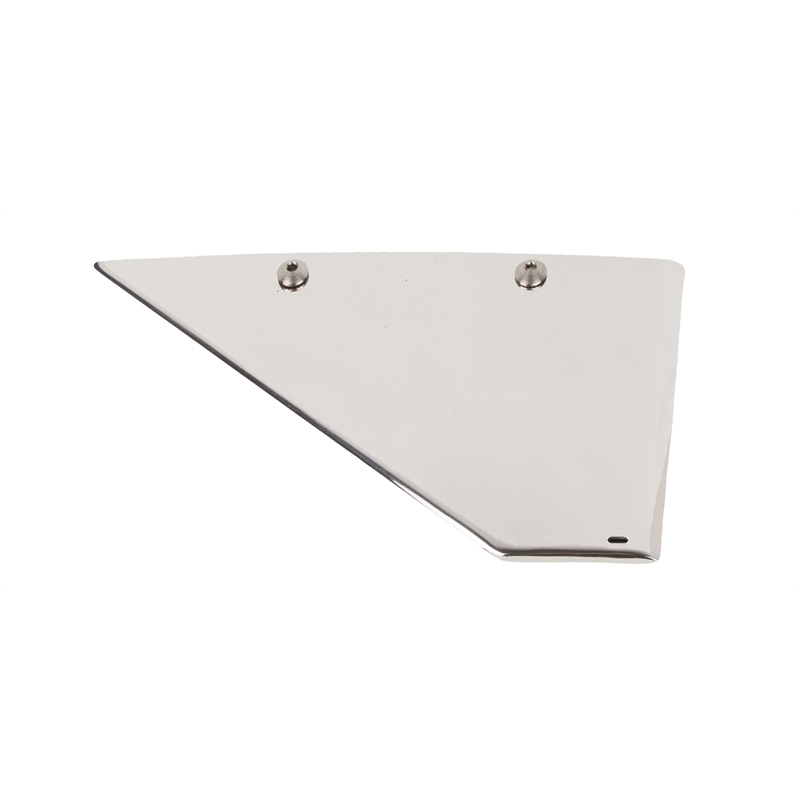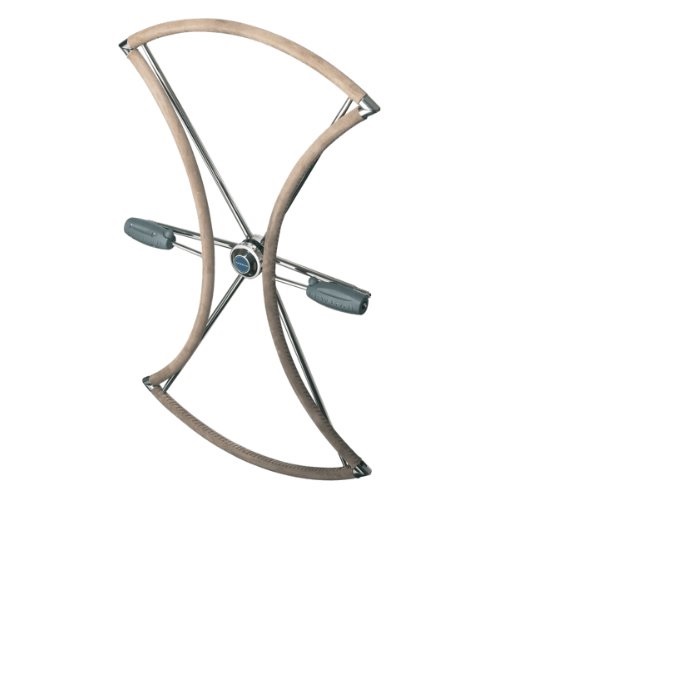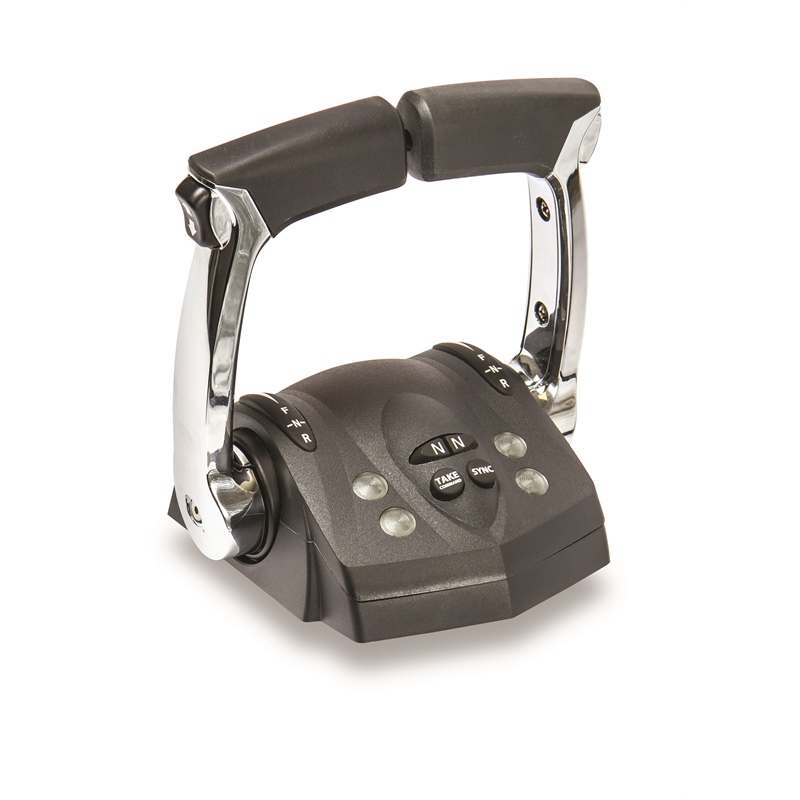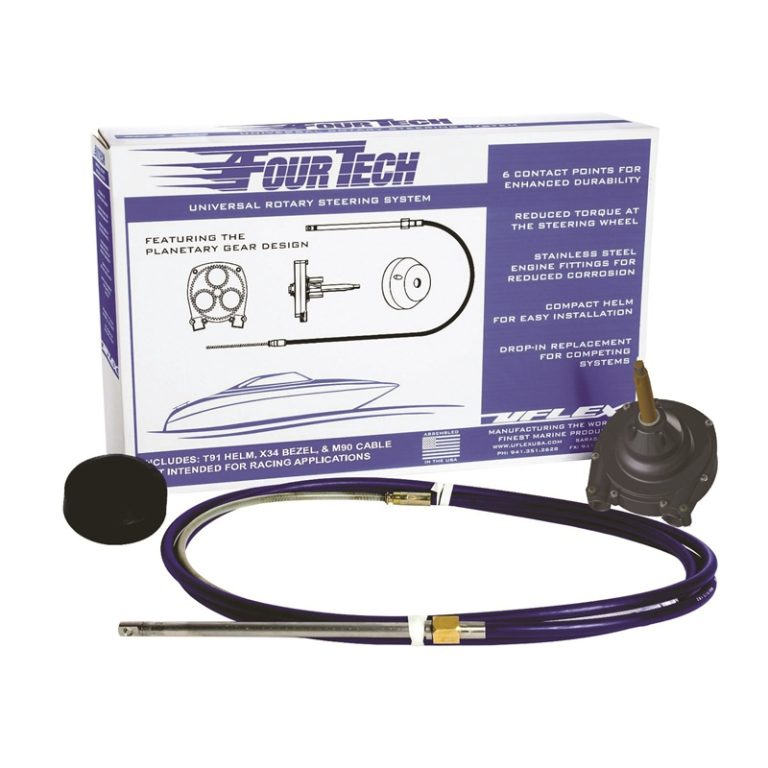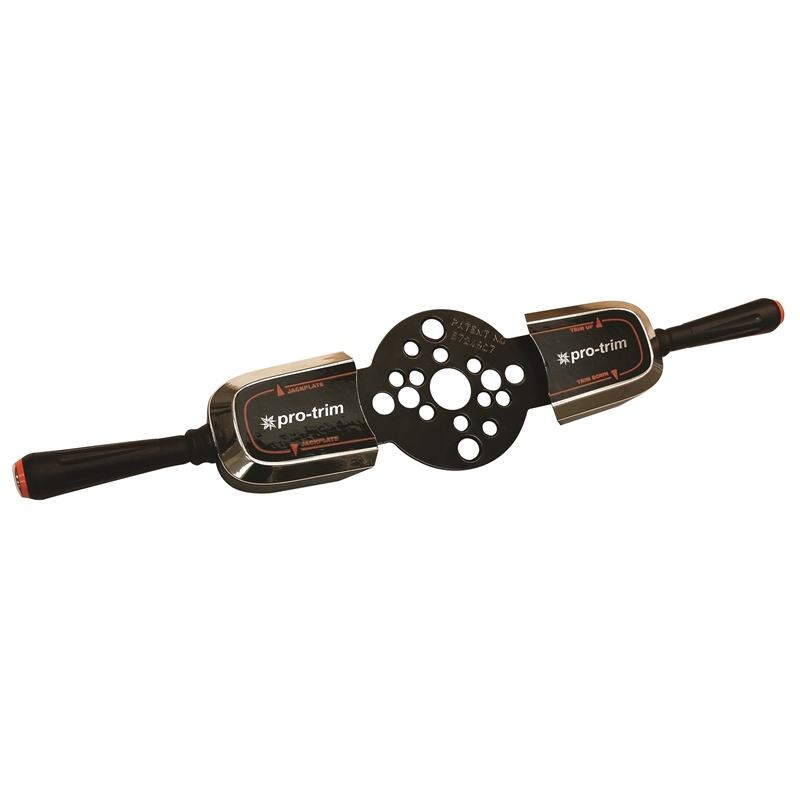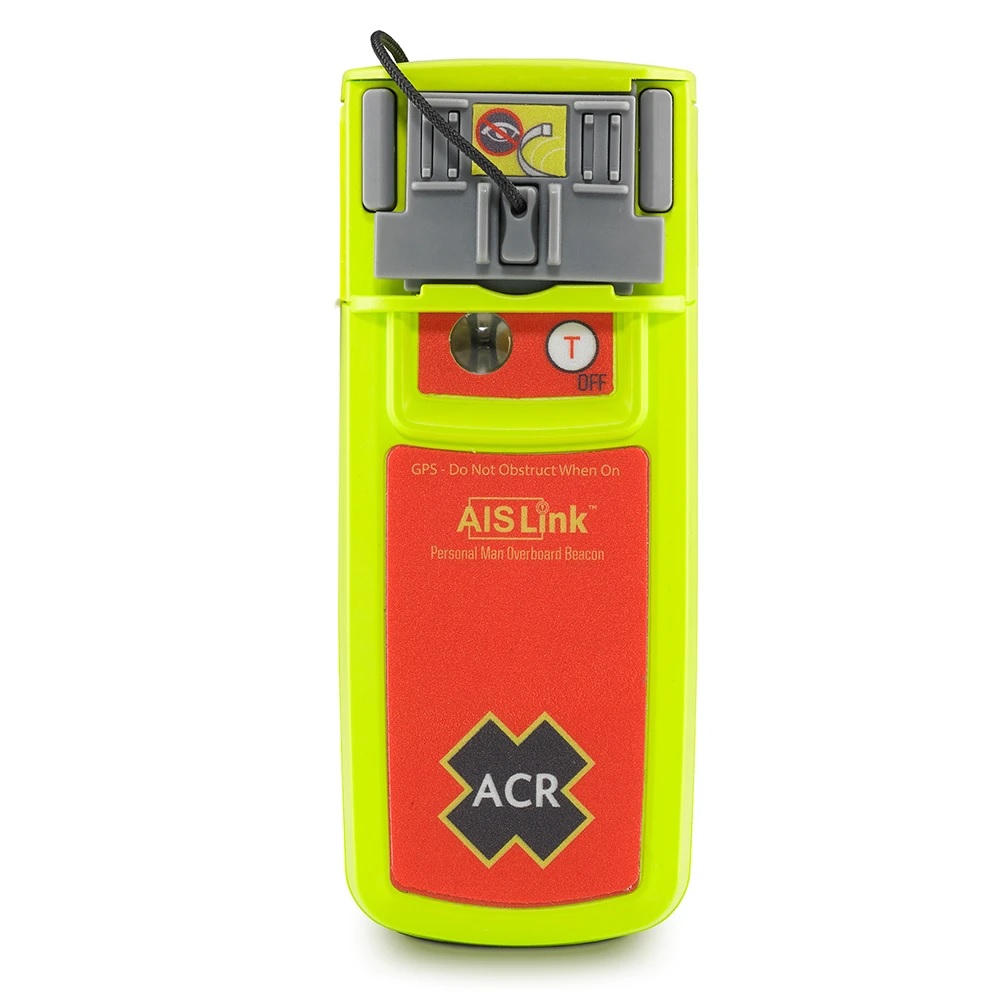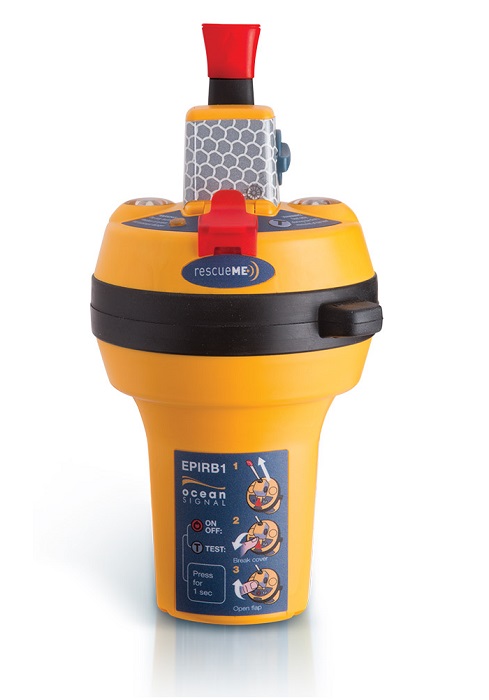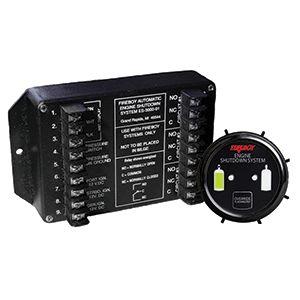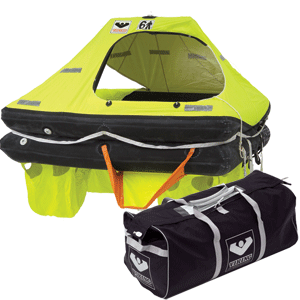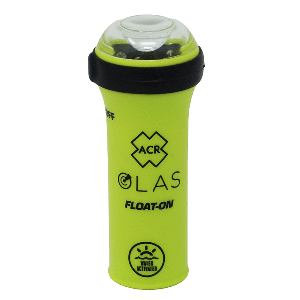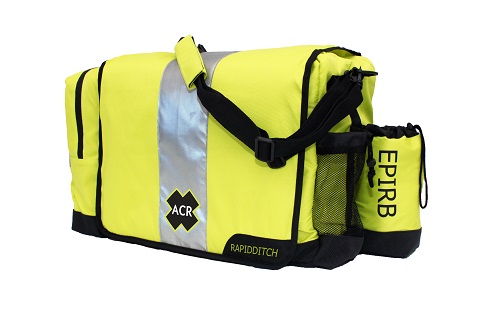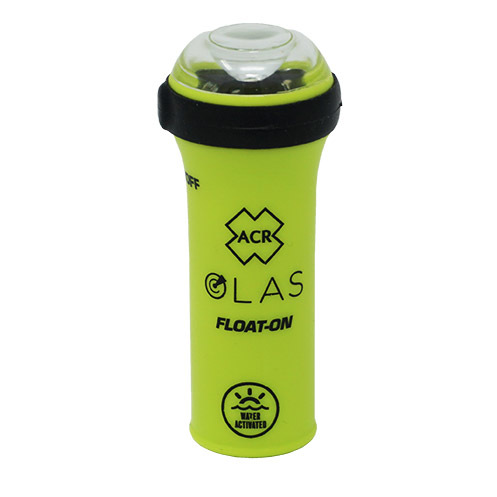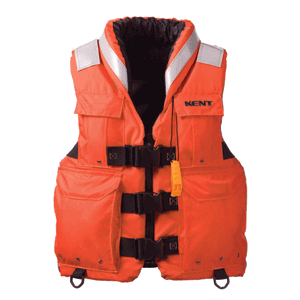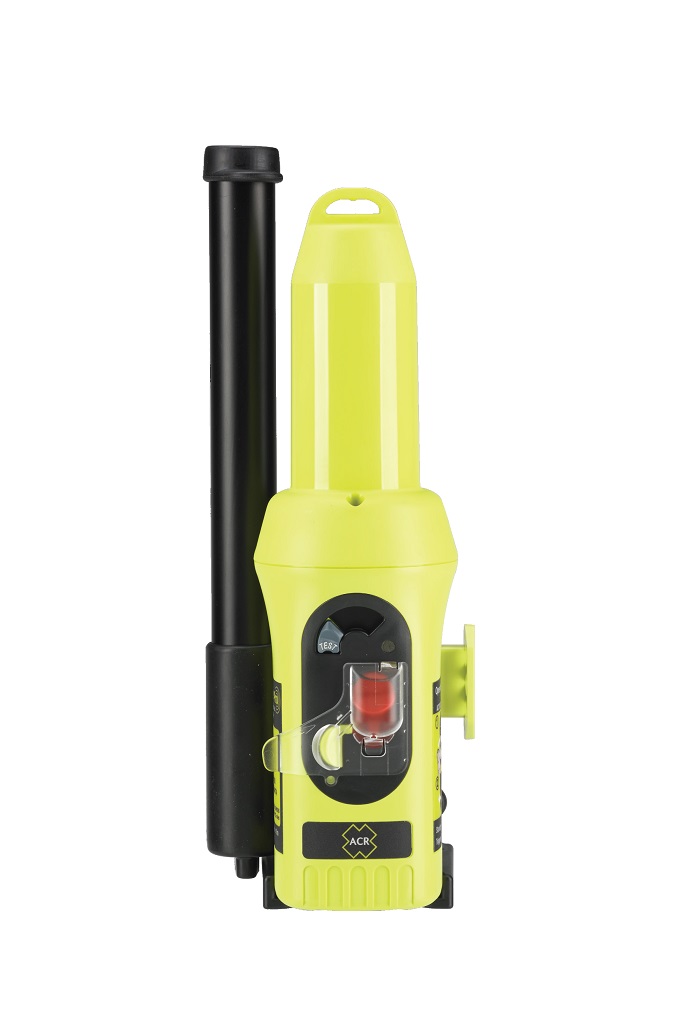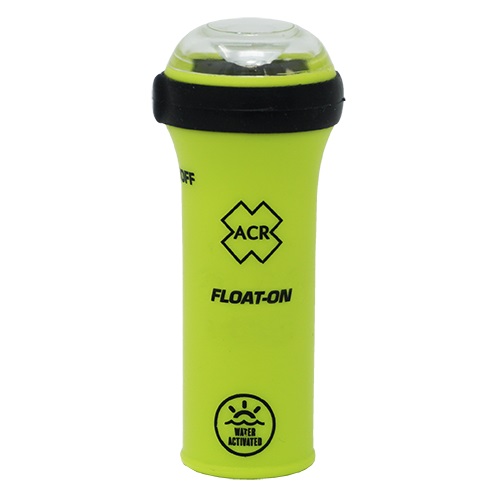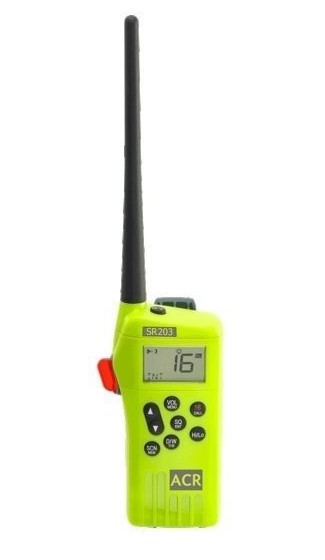Icom M510 EVO VHF With NMEA2000 – Best Marine VHF Radio
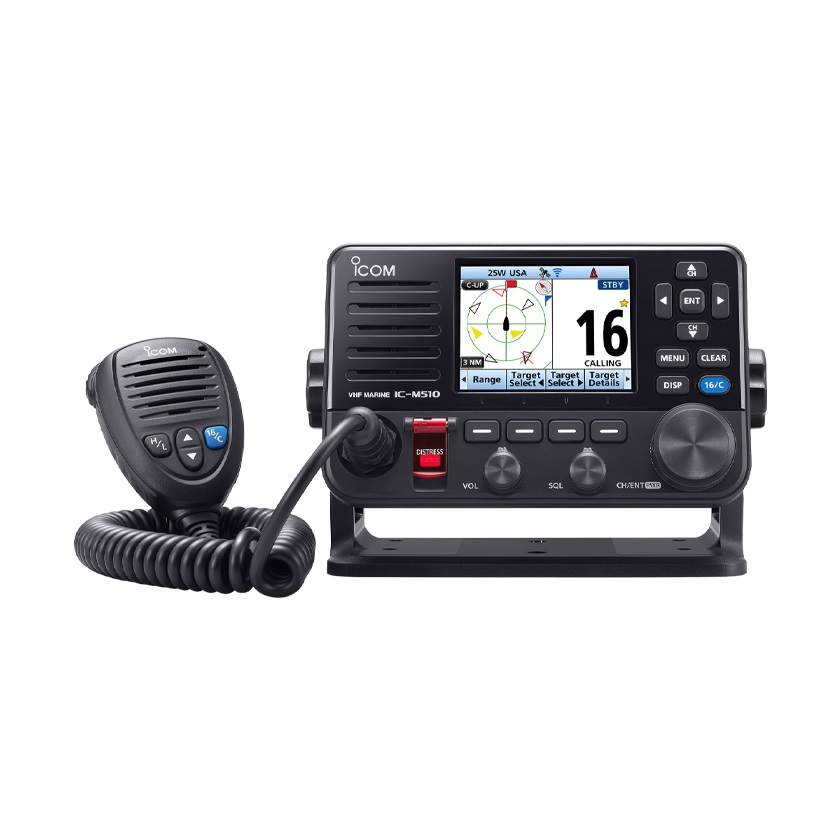
Icom M510 EVO VHF With NMEA2000 for Boats & Marine Engines
Introduction
The Icom M510 EVO VHF with NMEA2000 is a state-of-the-art marine communication device designed specifically for boats and marine engines. This fixed-mount VHF radio integrates seamlessly with modern marine electronics, enhancing safety, navigation, and communication on board. With the industry-standard NMEA2000 network compatibility, the M510 EVO offers advanced functionality, making it an indispensable tool for all boaters, from recreational sailors to commercial fishermen.
Marine communication is critical for safety and operational efficiency. The Icom M510 EVO VHF brings reliable voice communication and powerful digital features right to your helm, ensuring you stay connected with coast guards, other vessels, and your crew. Whether you’re navigating coastal waters or offshore, this radio ensures clear and efficient communication every time.
Overview / What Is Icom M510 EVO VHF With NMEA2000
The Icom M510 EVO VHF is a fixed-mount marine VHF radio designed with the latest communication technology. Its built-in NMEA2000 interface allows it to connect with various onboard devices such as GPS, AIS, autopilots, and multifunction displays, creating a fully integrated marine communication system.
Key features include digital selective calling (DSC) for emergency and routine communication, a large color display for easy reading, and intuitive user interface controls. The radio also supports dual-watch functionality, enabling the monitoring of two channels simultaneously for enhanced situational awareness.
To understand the Icom M510 EVO VHF comprehensively, we’ll cover the following sections:
- Advanced Features and Connectivity
- Installation and Setup Guidance
- Maintenance Tips for Longevity
- Expert Advice and Buying Recommendations
Advanced Features and Connectivity
The Icom M510 EVO VHF stands out for its superior connectivity options, largely due to the integrated NMEA2000 network compatibility. This allows seamless interfacing with a wide array of marine electronics, enhancing data sharing and communication efficiency.
Among the notable advanced features are AIS reception, allowing the radio to display vessel traffic information directly, and built-in GPS to support accurate DSC emergency calling. The large, sunlight-readable color display and ergonomic controls improve usability in harsh marine environments.
- NMEA2000 Integration: Connects with autopilots, chartplotters, and other devices.
- DSC Capability: Enables emergency distress alerts and automated calling.
- Dual Watch and Tri-Watch: Simultaneously monitors multiple channels for improved vigilance.
- Waterproof and Durable: Designed to withstand marine conditions with an IPX7 rating.
Installation and Setup Guidance
Installing the Icom M510 EVO VHF on your boat is straightforward but requires careful attention to ensure optimal performance. It is designed for fixed-mount installation near the helm, with a dedicated microphone and display unit.
When installing, connect the radio to your boat’s NMEA2000 backbone to enable data exchange with other onboard systems. Proper antenna installation and grounding are also critical for maintaining clear signal transmission and reception.
- Mount the main unit within easy reach of the operator.
- Use high-quality coaxial cables for antenna connections.
- Confirm NMEA2000 network compatibility and proper termination.
- Power the unit with a stable 12V DC source and fuse for protection.
Maintenance Tips
Maintaining the Icom M510 EVO VHF ensures it continues to operate reliably during every voyage. Regular cleaning, inspection, and software updates are essential components of upkeep.
Marine environments expose electronics to saltwater spray, humidity, and temperature variations. Use a soft, damp cloth to wipe the unit and avoid harsh chemicals that could damage the display or controls. Inspect cables and connectors periodically for corrosion or wear.
- Keep the microphone and speaker free of debris.
- Perform firmware updates via authorized service channels.
- Check antenna connections to prevent signal loss.
- Store the radio indoors during off-season if possible.
Expert Advice and Pro Recommendations
Boaters and marine communication professionals highly recommend the Icom M510 EVO VHF for its combination of reliability, ease of use, and advanced integration features. When choosing a marine VHF radio, consider your vessel size, usage patterns, and the importance of NMEA2000 compatibility.
Experts suggest pairing the M510 EVO with compatible chartplotters and AIS devices to maximize situational awareness and safety. The radio’s user-friendly interface also reduces operator error, making it ideal for both experienced sailors and novices.
For those ready to upgrade their marine communication system, the Icom M510 EVO VHF With NMEA2000 is available now with a special 5% off code WELCOME5. Enhance your onboard communication today!
Troubleshooting Common Issues with Icom M510 EVO VHF
Even the best marine VHF radios can encounter occasional problems. Common issues with the Icom M510 EVO VHF include audio distortion, failure to transmit, or DSC alert malfunctions. Most problems stem from antenna faults, power supply inconsistencies, or software glitches.
To troubleshoot effectively, first check all physical connections and antenna conditions. Ensure power supply voltage is stable and within specifications. Resetting the radio or updating the firmware often resolves software-related issues.
- Test microphone and speaker function regularly.
- Inspect antenna for corrosion or damage.
- Reset the device following user manual guidelines.
- Contact authorized support if problems persist.
Cost and Durability of Icom M510 EVO VHF
The Icom M510 EVO VHF offers excellent value considering its durable build and cutting-edge features. While the initial cost may be higher than basic marine VHF models, the long-term benefits of reliability, integration, and enhanced safety justify the investment.
Built to meet strict marine standards, this radio withstands harsh saltwater environments and rough handling. Its IPX7 waterproof rating means it can endure immersion up to 1 meter for 30 minutes, a significant durability factor for marine conditions.
Detailed FAQ Section
What is the main advantage of the Icom M510 EVO VHF with NMEA2000 integration?
The primary advantage of the Icom M510 EVO VHF with NMEA2000 integration is the ability to seamlessly connect with a boat’s existing marine electronics network. This integration allows the radio to share data with devices such as chartplotters, AIS transponders, autopilots, and GPS units. It enhances situational awareness by displaying vessel traffic information and automating distress signaling, which significantly improves safety and operational efficiency onboard.
Furthermore, NMEA2000 compatibility simplifies wiring and installation, as the radio communicates over a standardized network protocol. This interoperability makes the M510 EVO highly adaptable to different marine setups, providing more value compared to radios without such connectivity.
How do I install the Icom M510 EVO VHF on my boat?
Installing the Icom M510 EVO VHF involves mounting the main unit in a convenient location near the helm for easy access. The radio should be connected to a 12V power source with proper fusing. Antenna placement is crucial; use a high-quality marine VHF antenna mounted as high and clear as possible to maximize signal range and clarity.
The NMEA2000 interface requires connecting the radio to your boat’s NMEA2000 backbone cable. This step allows the radio to communicate with other onboard electronics. It’s recommended to use professional wiring practices and waterproof connectors to protect against corrosion. Detailed installation instructions come with the product, but if unsure, consulting a marine electronics professional ensures proper setup and optimal performance.
What maintenance is required to keep the Icom M510 EVO VHF functioning well?
Maintaining the Icom M510 EVO VHF involves routine cleaning, inspection, and software updates. Since marine environments expose the radio to salt, humidity, and sunlight, regularly wipe the unit with a damp cloth to remove salt residue. Avoid harsh cleaners that can damage the screen or buttons.
Inspect all connections, including antenna cables and power leads, for signs of corrosion or wear. Replace damaged cables promptly to prevent communication failures. Keeping firmware up to date is important to benefit from feature improvements and bug fixes. When not in use for extended periods, consider removing power to preserve the device’s lifespan.
Can the Icom M510 EVO VHF receive AIS signals?
Yes, the Icom M510 EVO VHF can receive AIS (Automatic Identification System) signals. The built-in AIS receiver capability allows it to display information about nearby vessels equipped with AIS transponders. This feature enhances situational awareness by showing vessel names, positions, speeds, and courses directly on compatible displays.
Integrating AIS information helps boaters avoid collisions and navigate crowded waterways safely. The NMEA2000 connectivity further allows AIS data to be shared with other onboard electronics such as chartplotters, improving real-time decision-making during navigation.
Is the Icom M510 EVO VHF suitable for commercial marine use?
The Icom M510 EVO VHF is highly suitable for commercial marine applications due to its robust construction, advanced communication features, and industry-standard compliance. Its reliable DSC emergency calling, clear audio quality, and integration with NMEA2000 networks meet the demanding requirements of commercial operators.
Furthermore, the radio’s durability and waterproof rating ensure it withstands tough marine environments typical in commercial use. Whether for fishing vessels, ferries, or workboats, the M510 EVO provides dependable communication crucial for safety and operational coordination.
Conclusion
In conclusion, the Icom M510 EVO VHF With NMEA2000 is a highly capable marine radio that meets the demands of modern boating. Its combination of digital selective calling, NMEA2000 integration, AIS reception, and rugged design make it an excellent choice for both recreational and commercial vessels. By providing reliable, clear communication and seamless connectivity with onboard electronics, the M510 EVO enhances safety and navigation.
Whether upgrading your current system or installing a new one, investing in the Icom M510 EVO VHF ensures your boat remains connected and prepared for any situation on the water.
Special Offer
WELCOME5 – Get 5% off storewide at allboatsupplies.com
🚀 Instant Assistance: Need help selecting the right product? Drop your contact in the chatbox at the bottom right corner, and our expert team will reply within 30 minutes with the best product suggestion for your boat — including a ready-to-use checkout link. We’re fast, knowledgeable, and always here for your boating needs!
No more guesswork — just message us and get a personalized checkout link fast!
Let us handle the hassle — expert support, quick replies, and smooth checkout. Your boat deserves the best.
🔥 Up to 5% OFF – Limited Time!
Use code WELCOME5 on Icom M510 EVO VHF With NMEA2000
Why Choose Icom M510 EVO VHF for Modern Boats?
With the fast evolution of marine electronics, selecting a communication device that integrates with your vessel’s systems is vital. The Icom M510 EVO VHF addresses this need perfectly by supporting NMEA2000 connectivity. This standard allows data to flow seamlessly between your VHF radio, navigation devices, and safety equipment.
Modern boats rely heavily on interconnected systems for navigation, collision avoidance, and distress signaling. The M510 EVO ensures that your communications keep pace with these technologies, providing you with real-time updates and control over your marine environment.
How to Use Icom M510 EVO VHF with NMEA2000
Using the Icom M510 EVO VHF is intuitive, even when interfaced with complex NMEA2000 networks. After installation, you can access AIS data, GPS positioning, and other device information directly on the radio’s display. This integration helps streamline decision-making without switching between multiple devices.
To maximize its use, familiarize yourself with the radio’s menus and DSC functions. Practice making routine calls and emergency alerts. Also, consult your boat’s NMEA2000 network setup to ensure all connected devices communicate properly. This preparation ensures you get the full benefit of the M510 EVO’s advanced features.
Enhancing Marine Safety with Icom M510 EVO VHF
Safety is paramount in marine operations, and the Icom M510 EVO VHF plays a critical role by supporting DSC distress alerts and AIS monitoring. These features provide instant communication with rescue authorities and awareness of nearby vessel traffic, crucial during emergencies.
The ability to send automated distress signals with accurate GPS location drastically improves response times in critical situations. The radio’s robust build and waterproof design ensure it remains functional even in challenging weather conditions, giving boaters peace of mind on the water.
Compatibility and Integration with Other Marine Electronics
The Icom M510 EVO VHF is engineered for seamless integration within a modern marine electronics ecosystem. Its NMEA2000 interface makes it compatible with leading chartplotters, autopilots, and AIS devices, creating a unified communication and navigation network on board.
This integration facilitates data sharing such as vessel speed, heading, and location, enriching the information available to the skipper. Such compatibility is essential for maintaining situational awareness and improving navigation safety, especially on complex or busy waterways.


